
In my personal opinion, evolution is more prevalent in our present world than ever before. The internet and an outburst of technology has given humanity the ability to harness ideas, concepts, and designs from all over the entire world in the blink of an eye. It has bred an entirely new world of products, inventions, and adaptations of other creations. Even if it’s just a new tweak on an iconic classic, or the implementation of modern technology to revive a tired design, the internet and its accompanying technological revolution has farmed neo-classic icons, which will undoubtedly be revered for years to come. One such example is the Singer Vehicle Design DLS, which stands for Dynamics and Lightweighting Study.
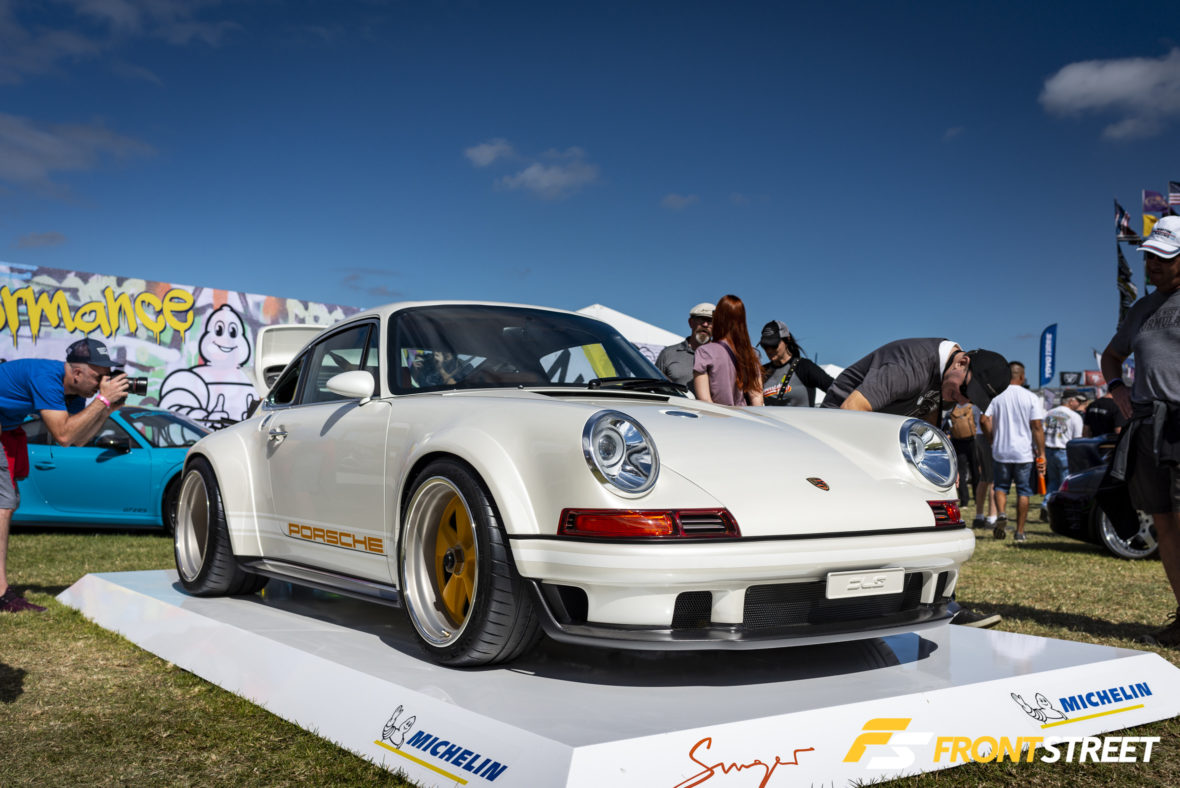
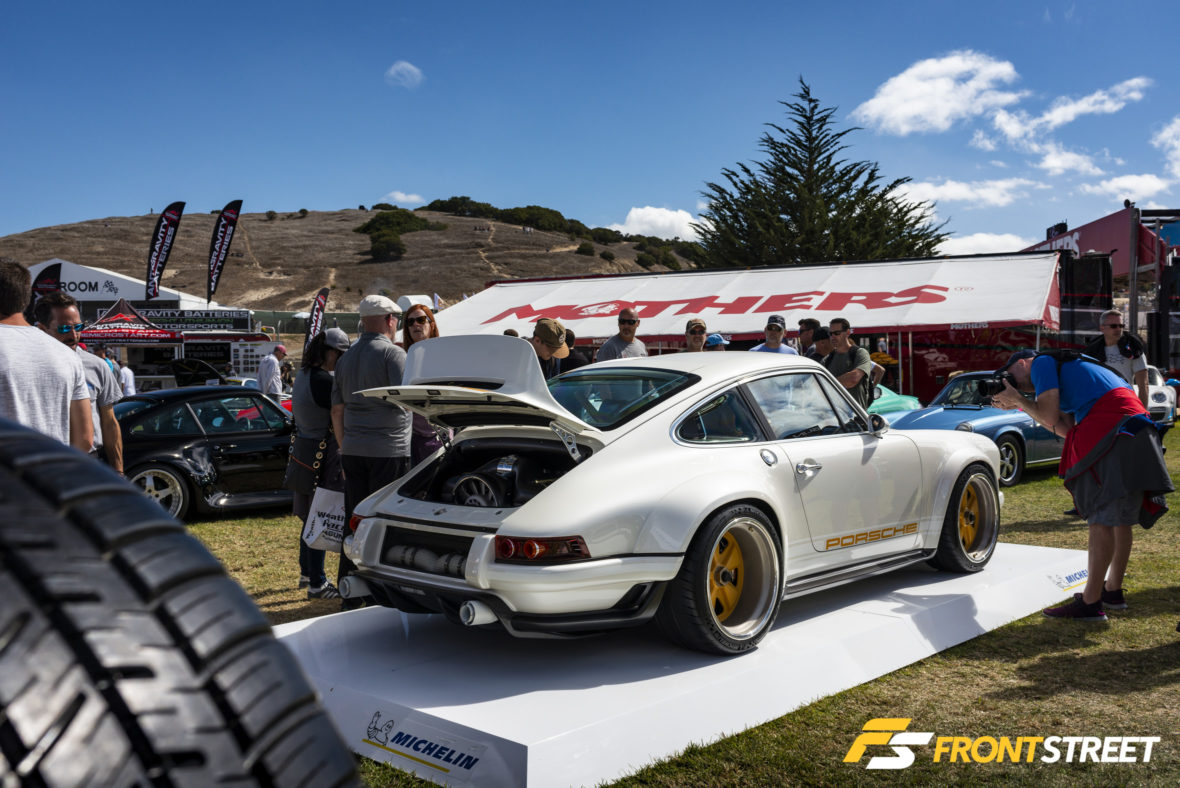
For an example of a new tweak on an iconic classic, let’s first discuss Singer Vehicle Design, a company that has single-handedly shown the world what is included in its ideal vision of the classic Porsche 911. Singer, founded in 2009, began by taking the admired 964-chassis Porsche 911 and stripping it to the ground, then rebuilding, restoring, and reimagining the celebrated sports car with new carbon fiber body panels and a slew of other additions. The new bodywork developed by Singer is meant to pay homage to the classic 911 design, yet put a new twist on it with wider fender arches to house a bigger wheel and tire package, and smoother bodylines for a sleeker look, all while utilizing new-age materials in its build process. The company has churned out over 100 renditions of this formula over the last ten years, which have been met with unreal success by the enthusiast public, and essentially revamped the world’s love of this classic German sports car in the process.
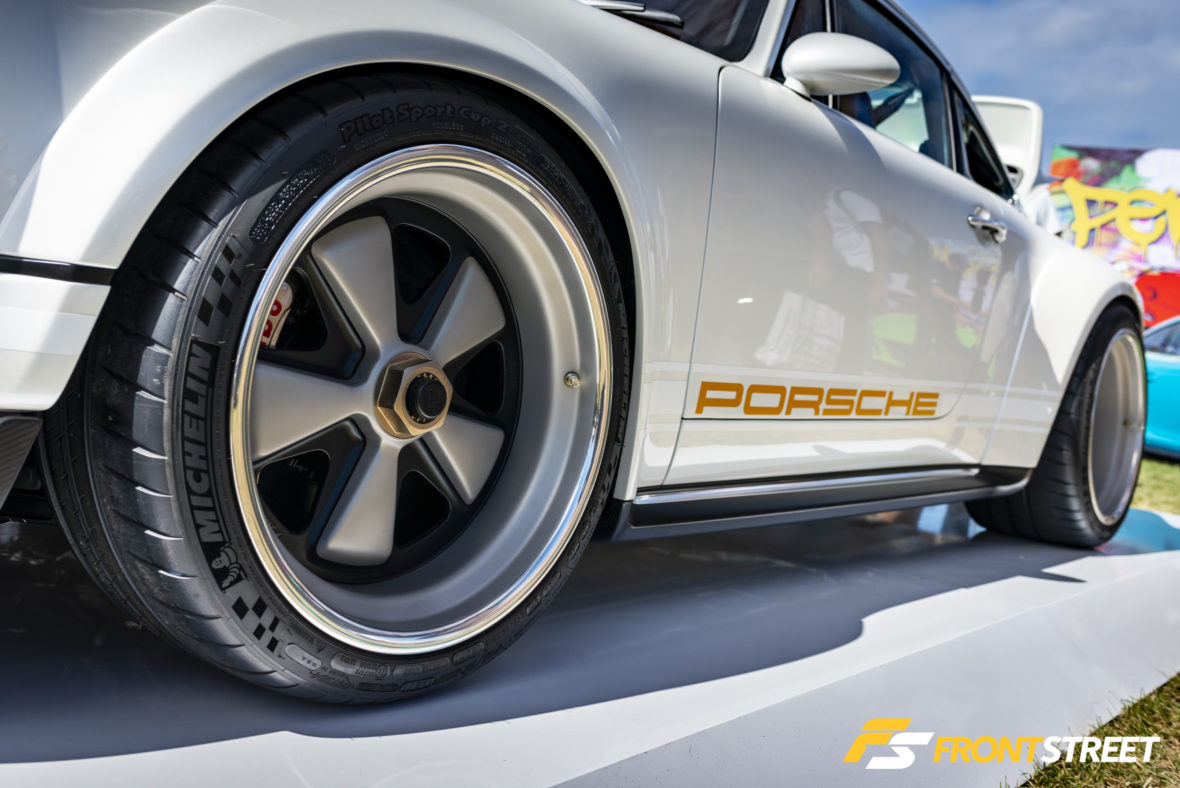
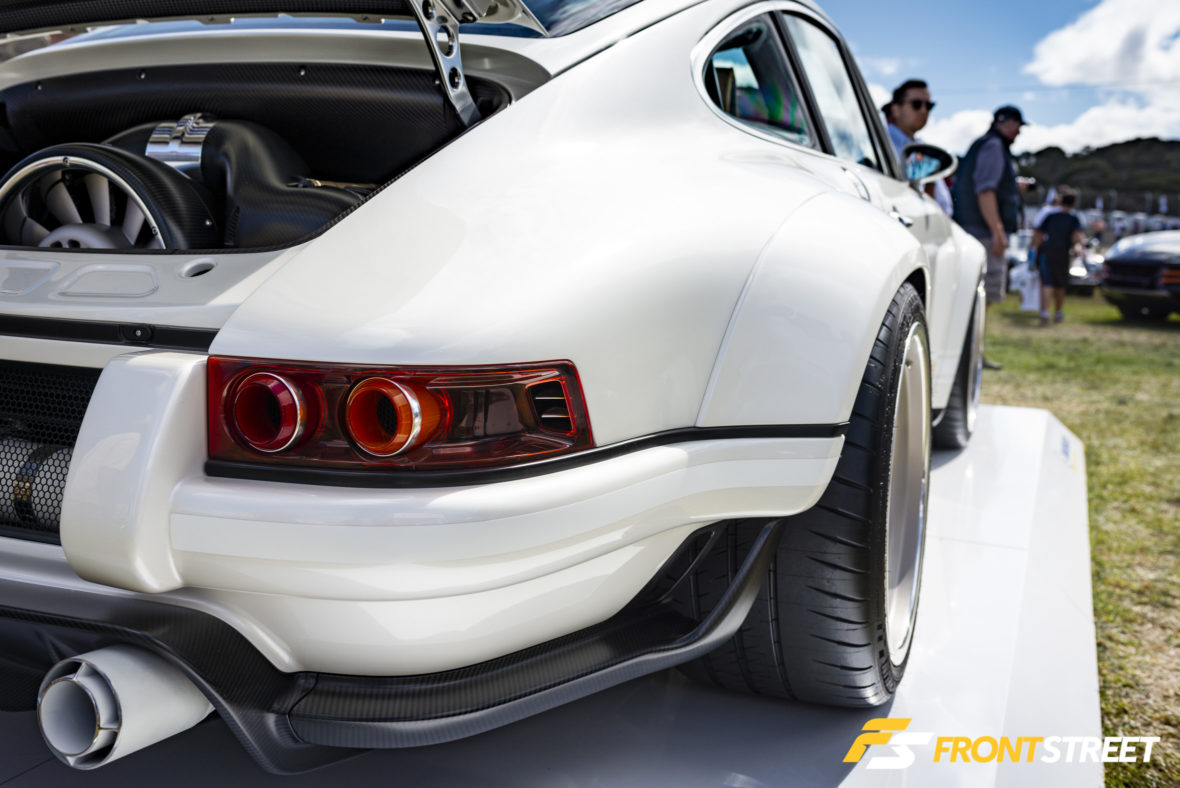
Now it’s time for something even better, which brings us to my example of implementation of modern technology on a tired design. Williams Advanced Engineering—Singer’s partner-in-crime for this incredibly innovative project—is a necessary outlier of the world-famous, longstanding Williams Formula 1 team. Williams Advanced Engineering was founded as a side project of Williams Grand Prix Engineering Group; the intent was for the company to pursue projects outside the realm of F1 to help fund the irrevocably draining resource pool tied to their professional motorsports endeavors.
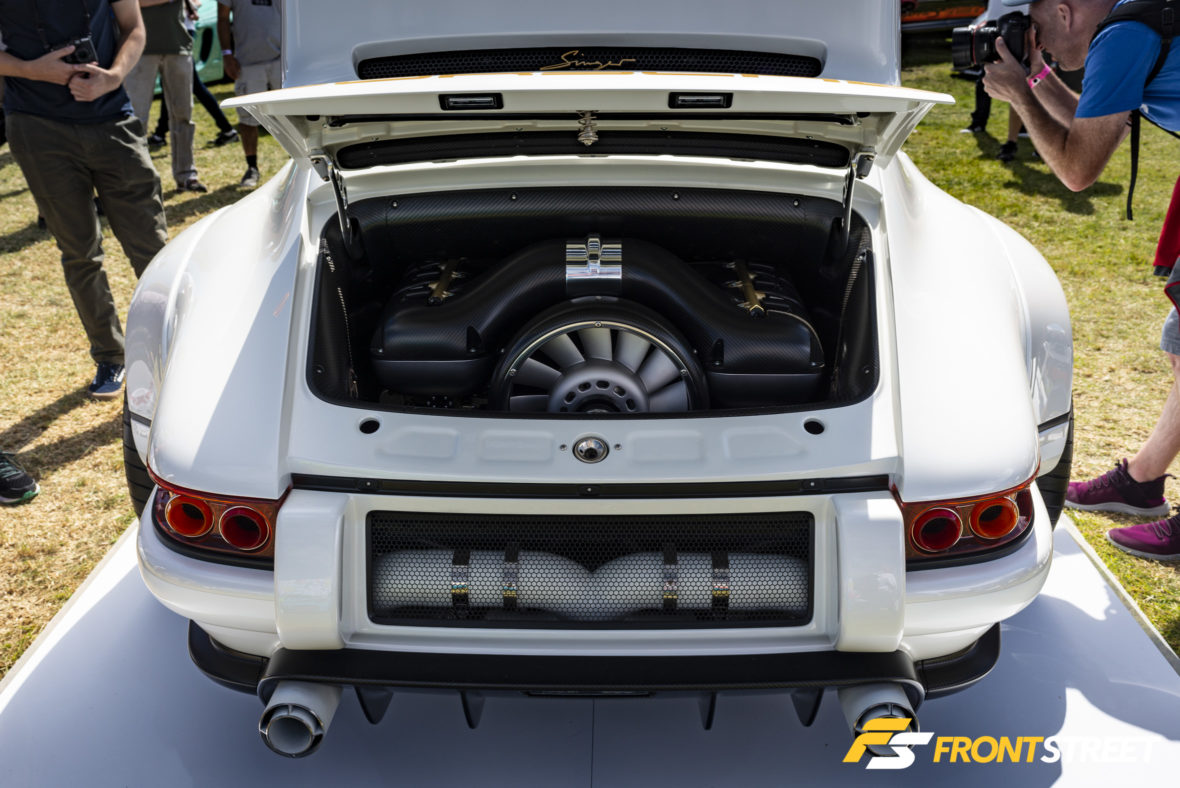
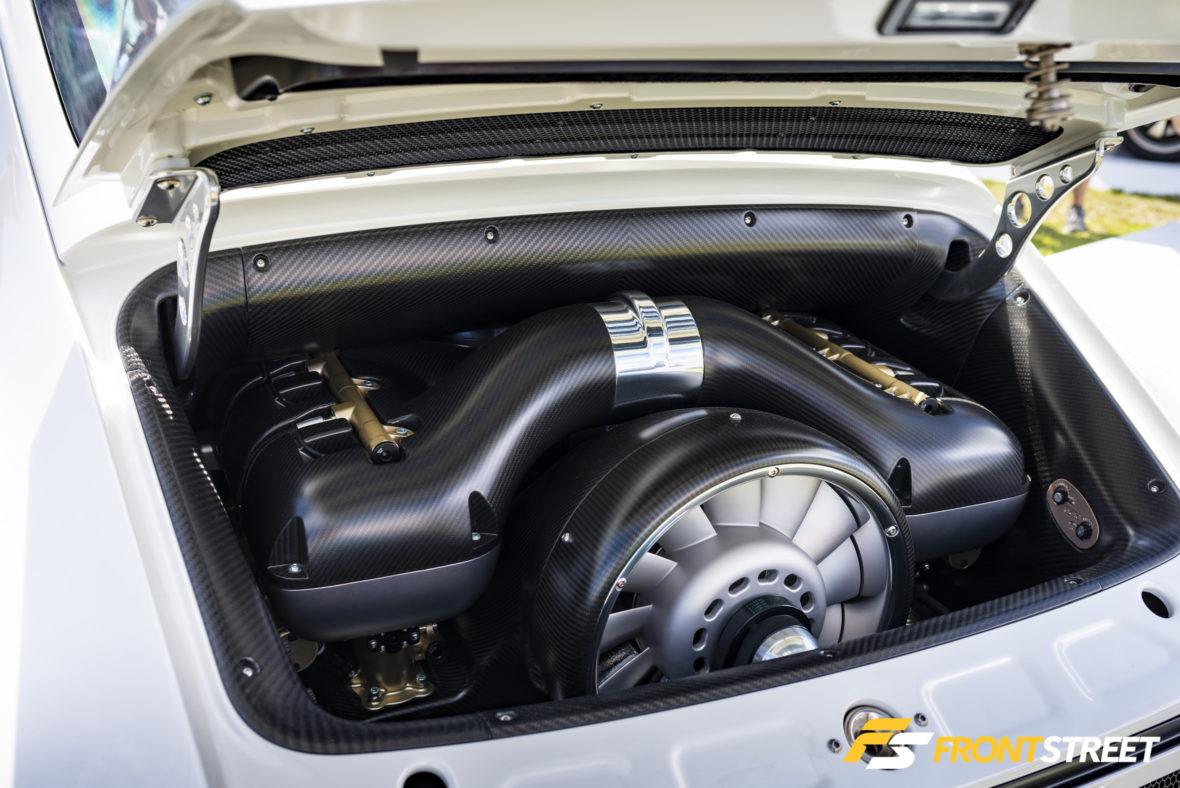
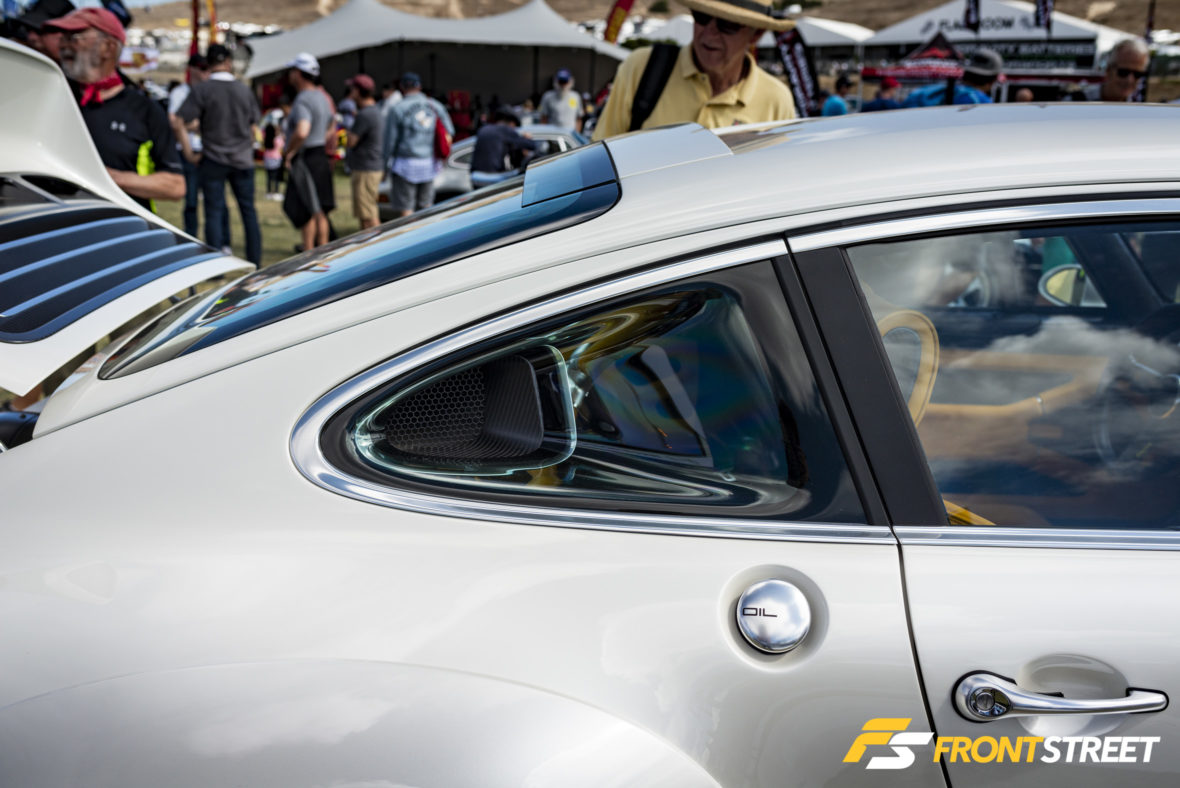
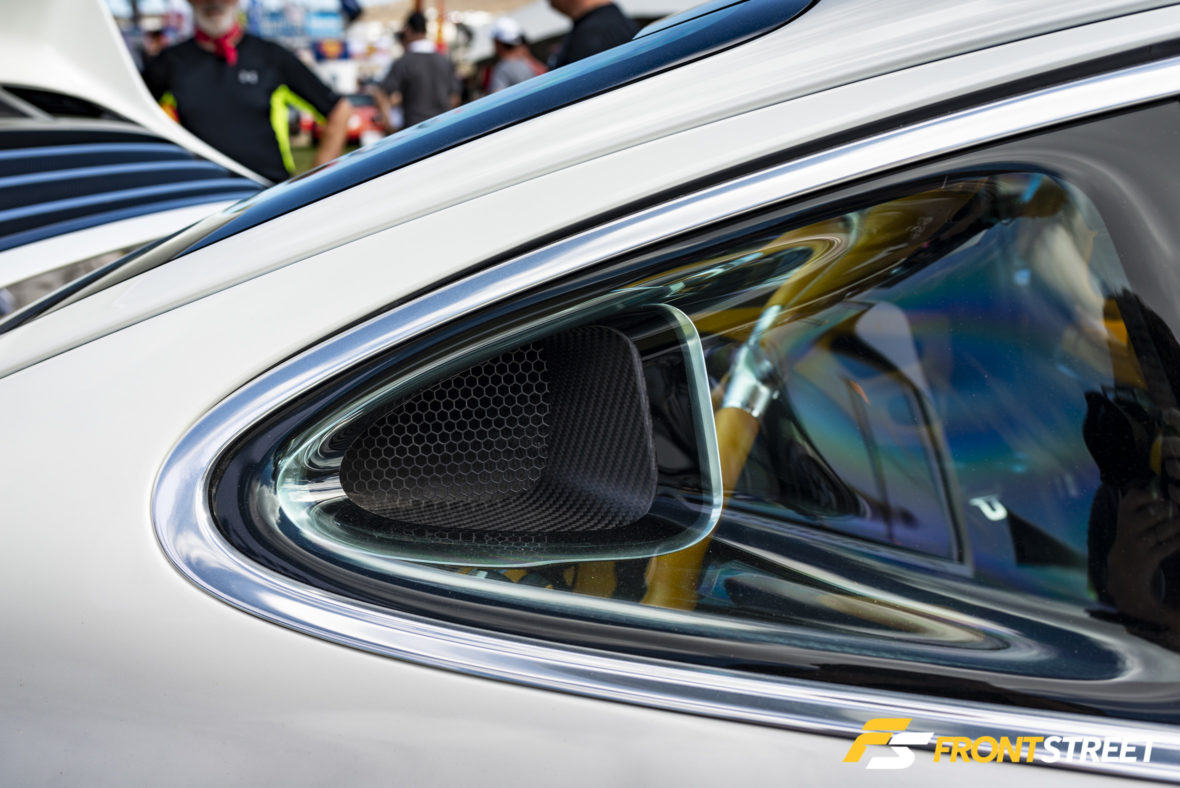
If there’s one thing Formula 1 has given the world, it’s innovation. So when the Williams team of designers, engineers, and scientists equipped with some of the world’s most advanced technology, machinery, and materials start working on boutique road cars rather than the pinnacle of racecars, the results are sure to be astounding—and astounding they are!
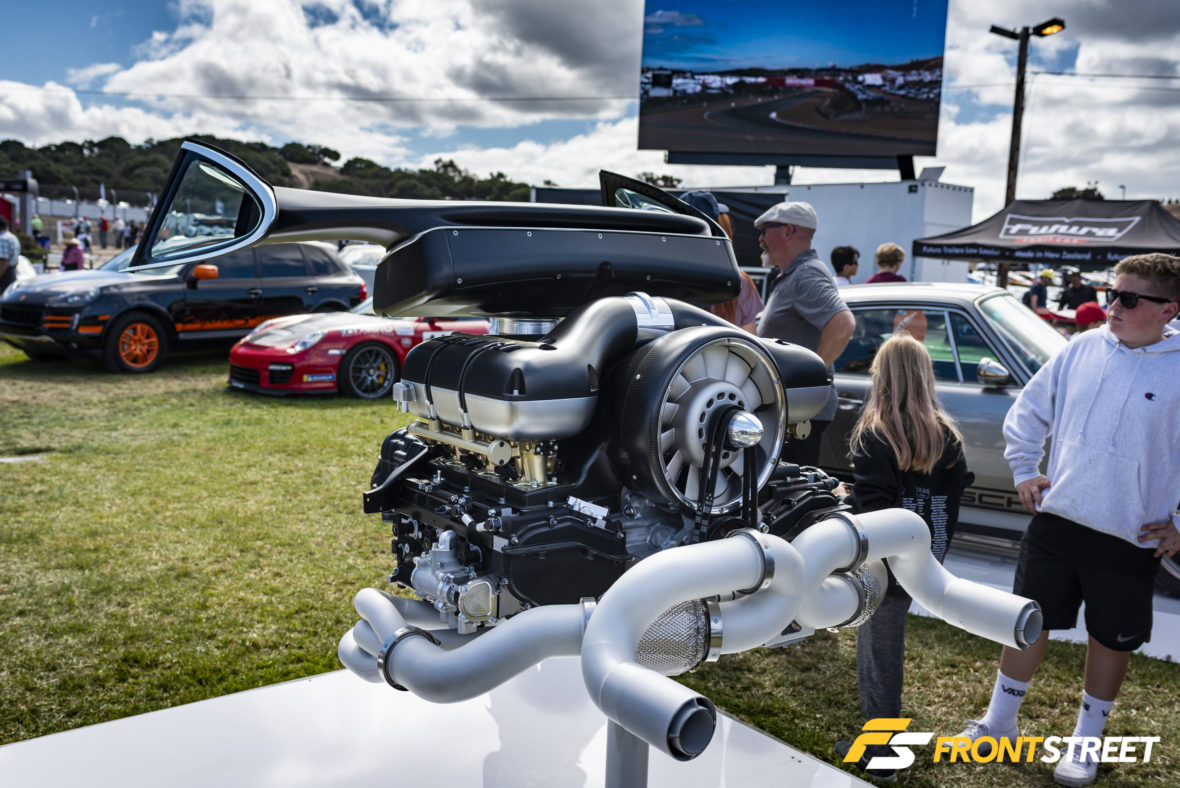
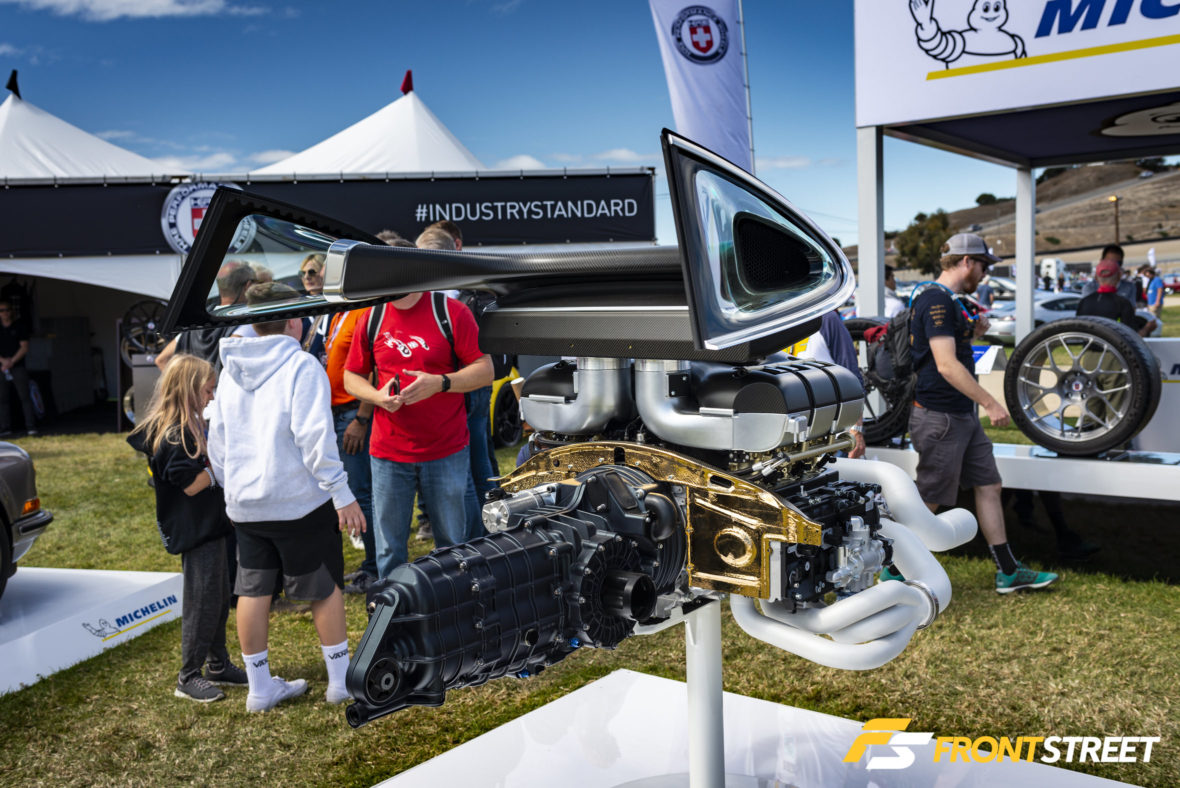
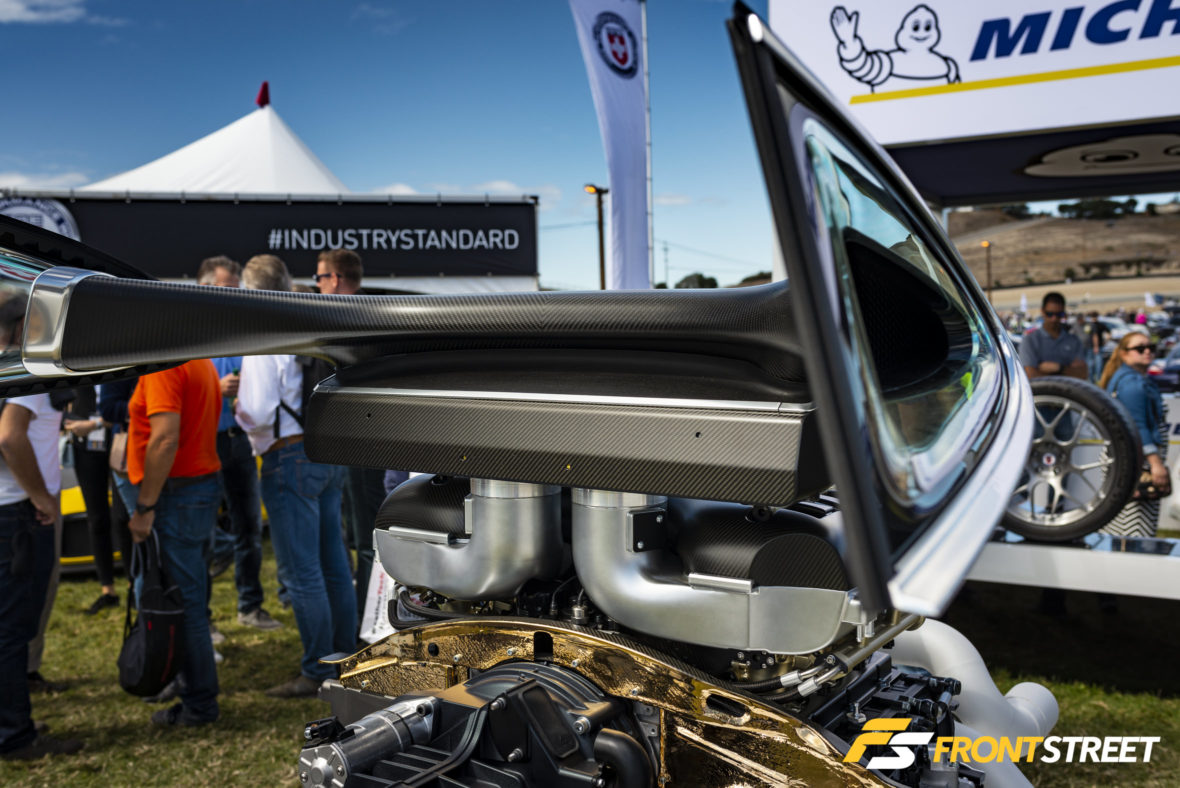
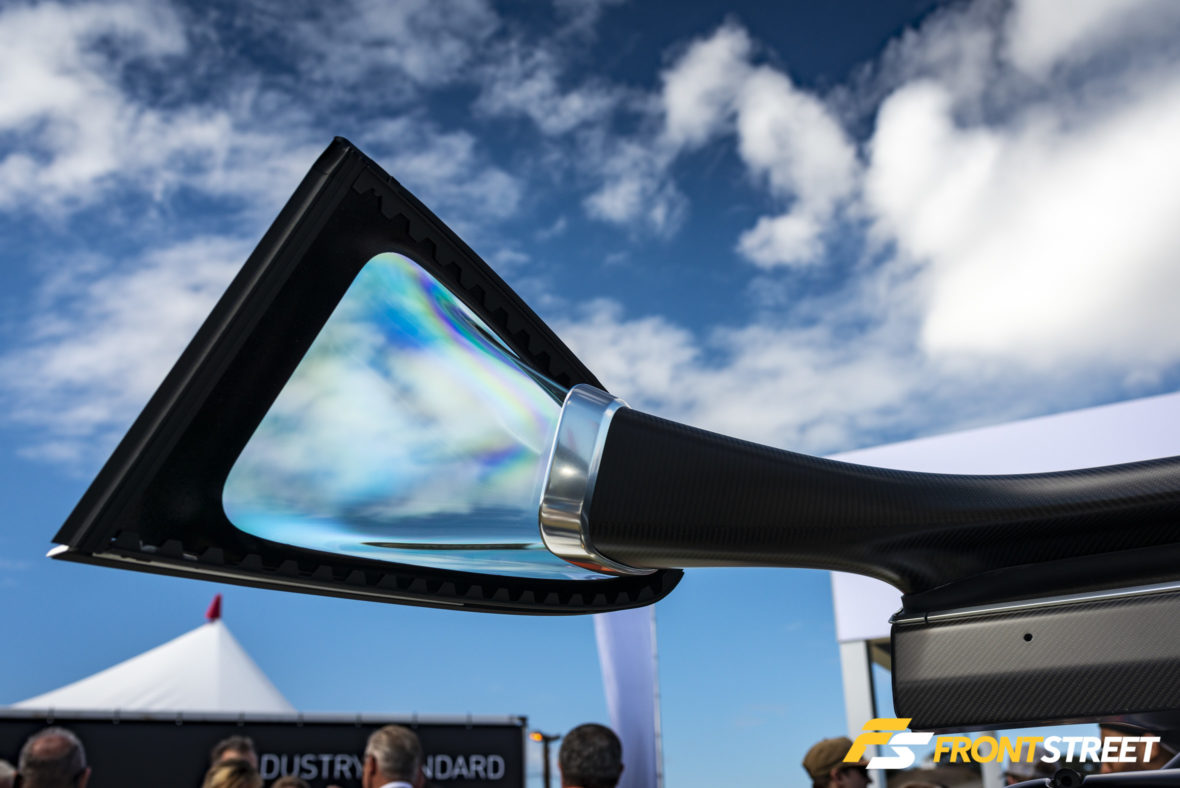
So what is the culmination of this Singer/Williams collaboration? Singer teased the fruits of the pairing’s labor late in 2017, when images of the new Williams-engineered and Mezger-designed 500-horsepower Porsche flat-six engine first surfaced. The familiar 3.6-liter displacement lump was increased to 4.0-liters, with four-valve cylinder heads, four camshafts, titanium connecting rods, dual-oil circuits, upper and lower injectors, a maximum engine speed over 9,000 rpm, a carbon fiber air box, an Inconel and titanium exhaust system, enlarged cooling fan, and the crown jewel: the sculpted carbon fiber ram air induction system. This new engine was basically just a beautifully-engineered piece of art, with the only mention of its future home acknowledged as a cryptic reference to a 1990 Porsche 911 chassis. Along with the debut of the engine, Singer announced the fresh partnership with Williams for a “new level of restoration” available to its customers.
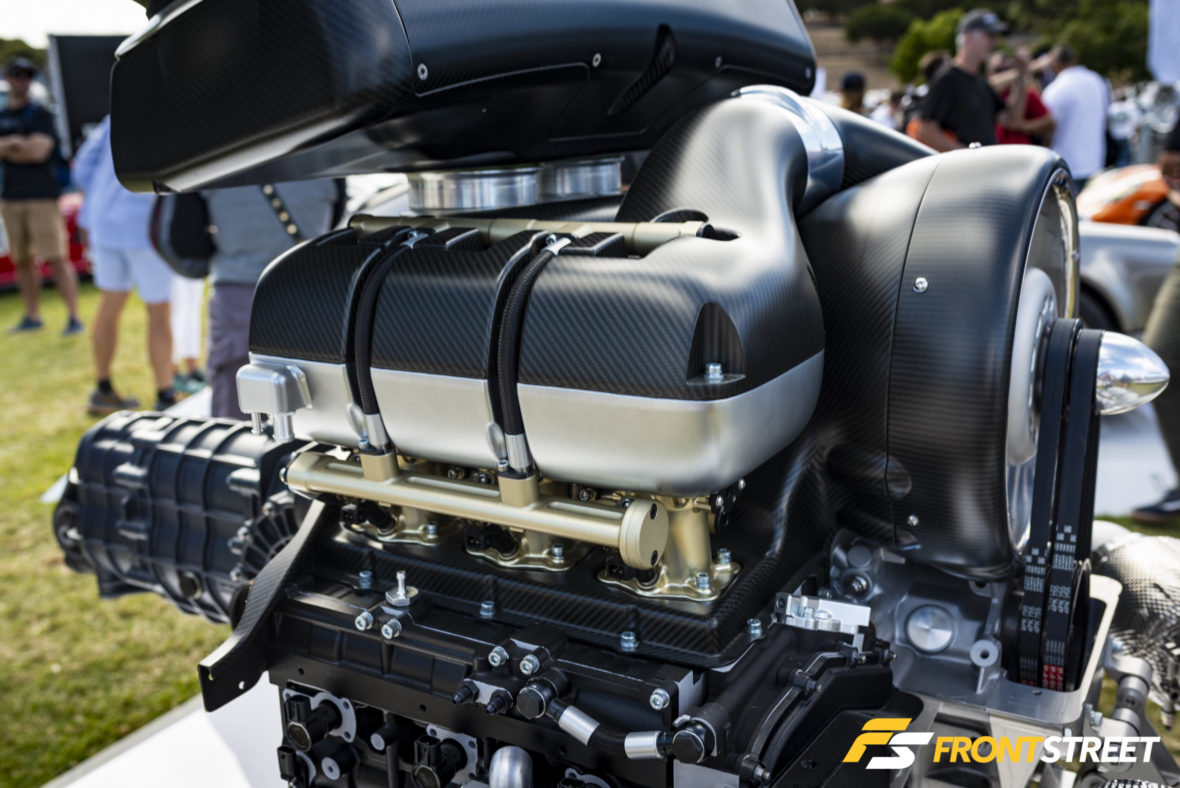
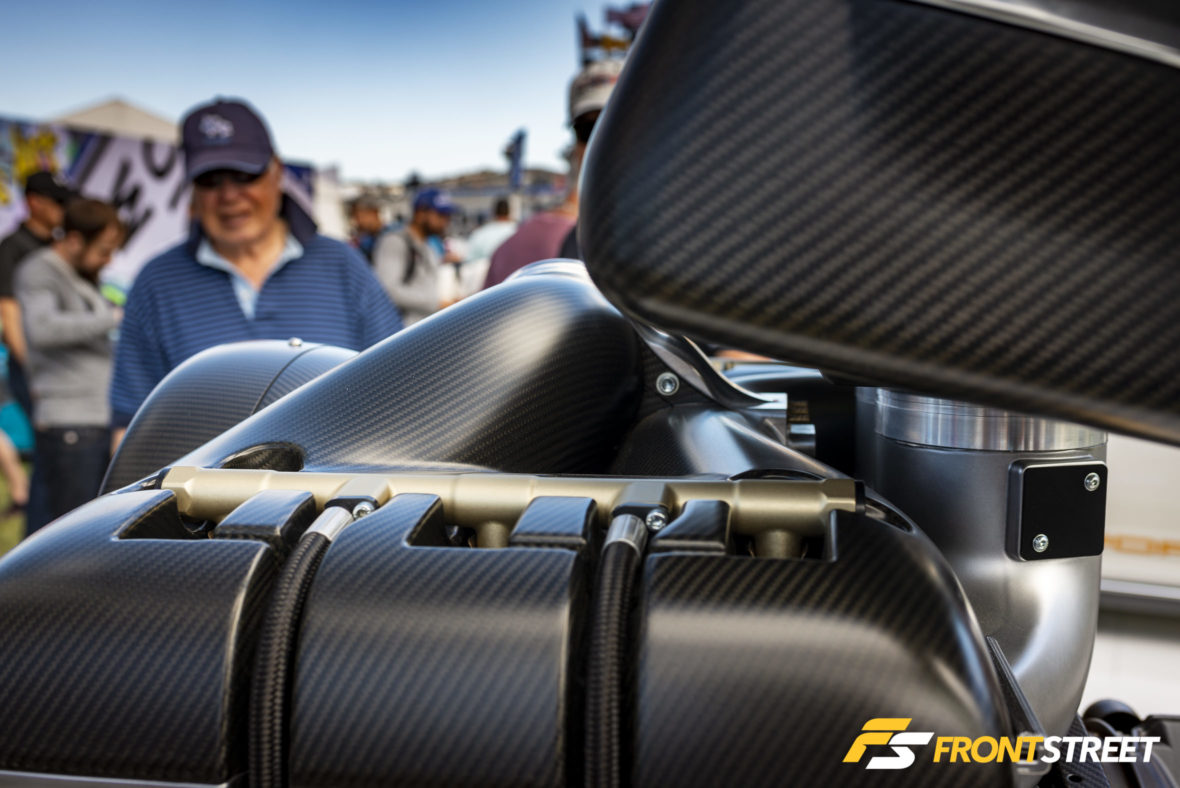
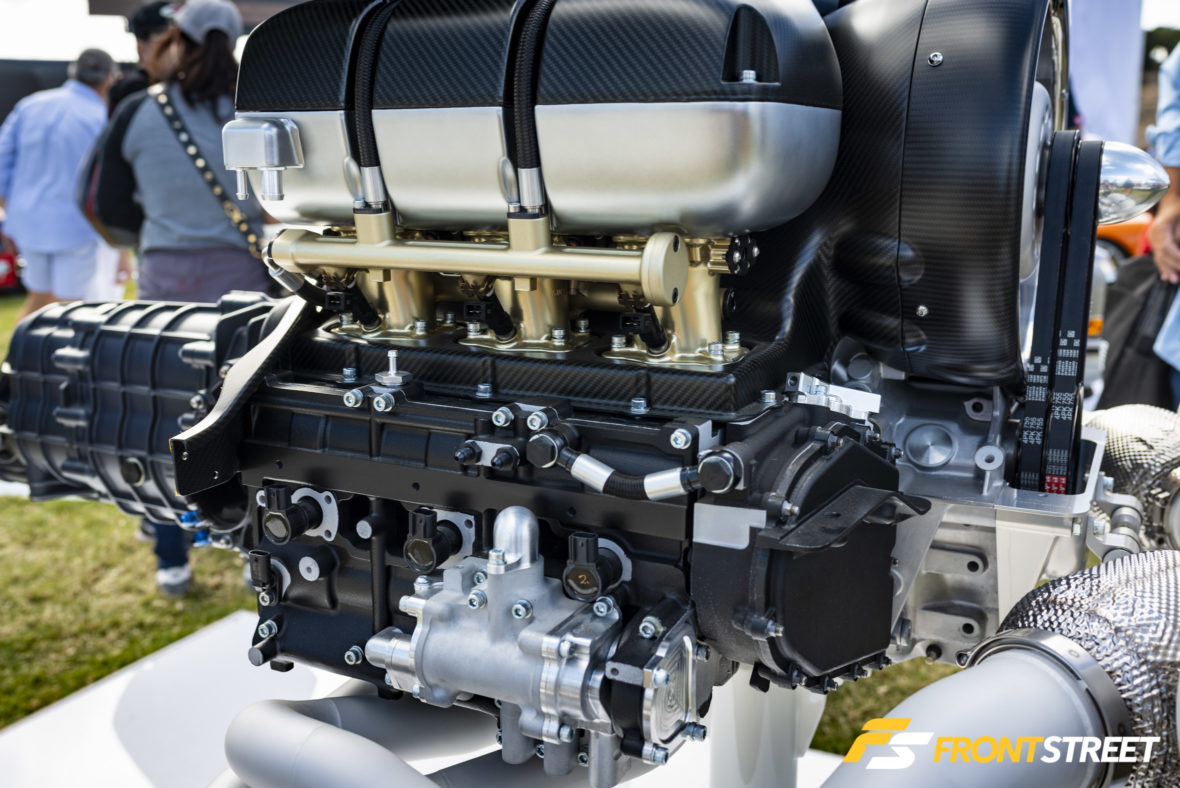
The world would have to wait until November of that year before any glimpse of the new project would arise, but when it did—wow! After the breathtaking teaser images surfaced, it would take until July of 2018 for the physical version of the car to be seen by the public, when it made its debut at the Goodwood Festival of Speed in England. It was then shipped across the world to rest before my eyes at the Rennsport Reunion VI event at WeatherTech Raceway Laguna Seca in California.
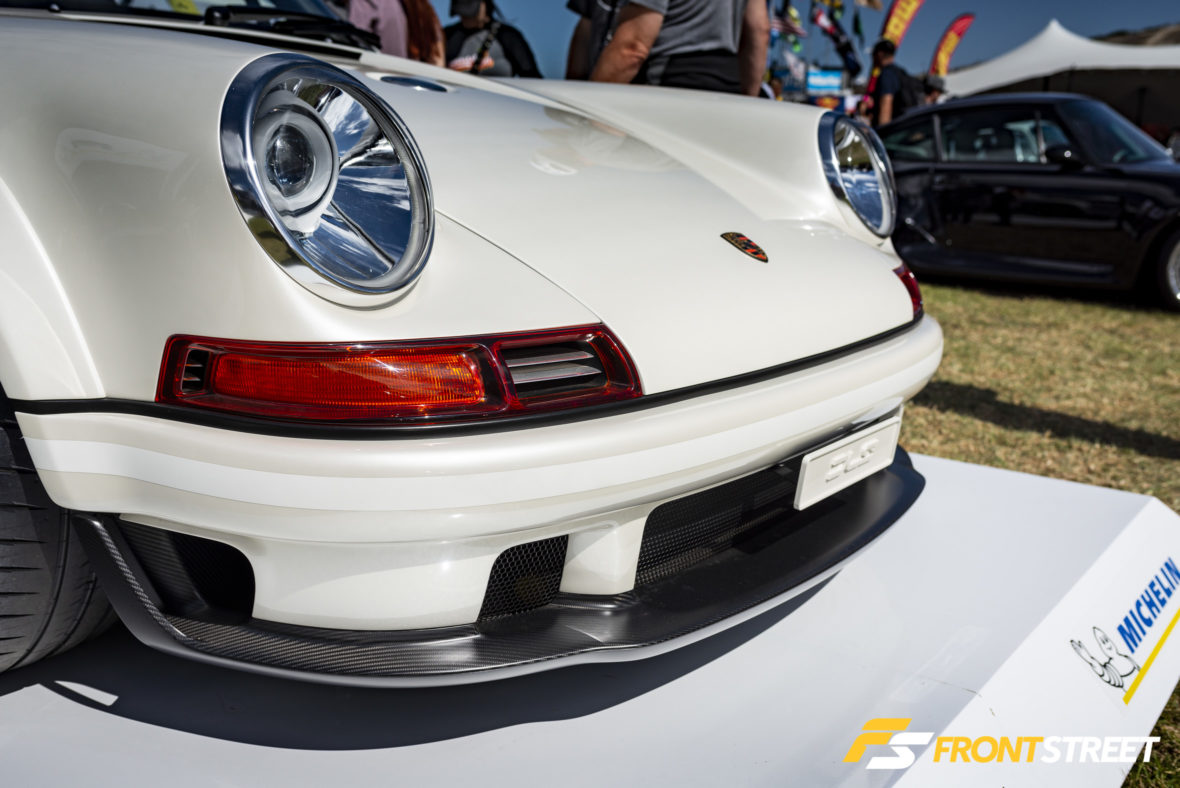
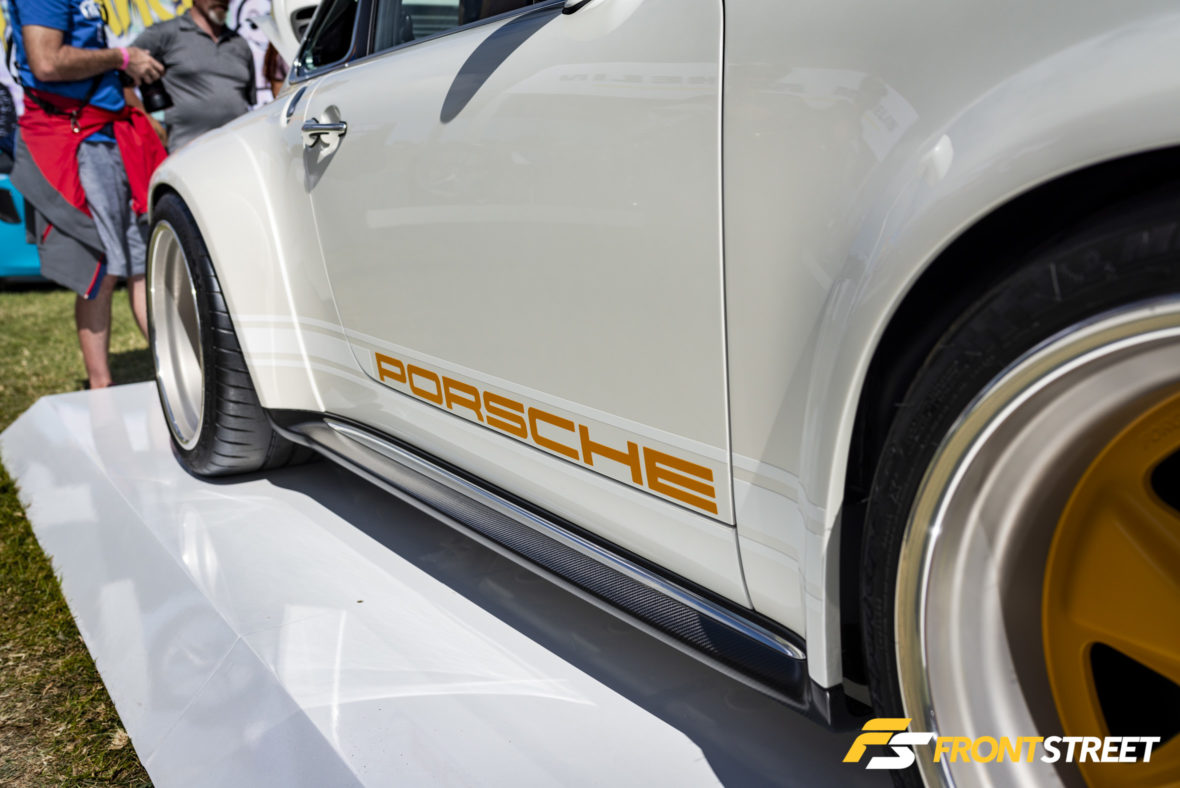
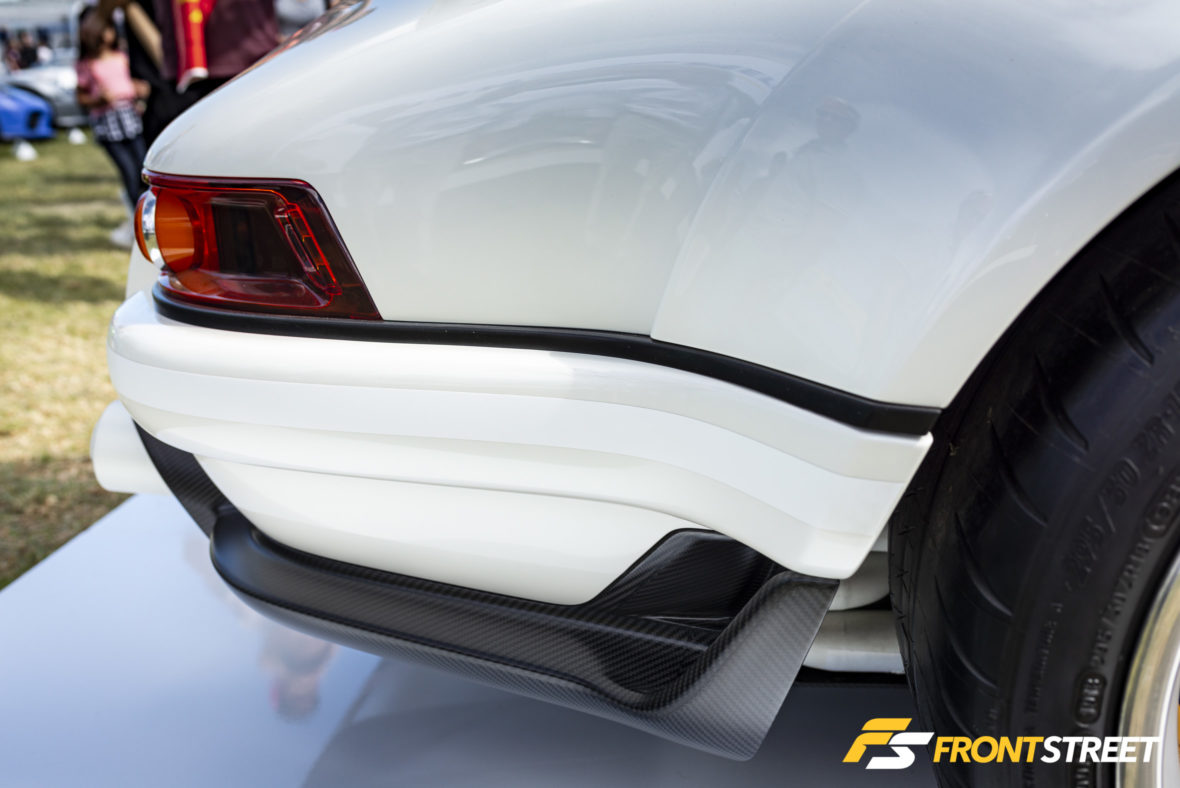
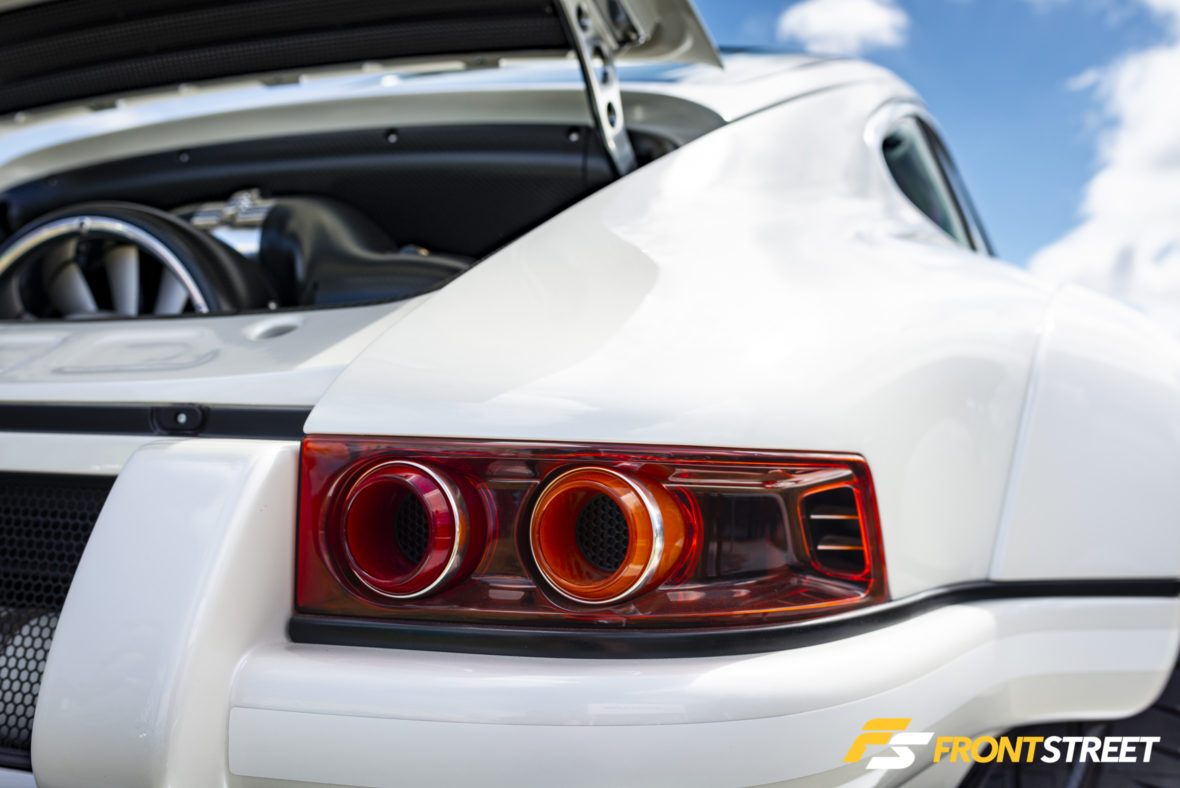
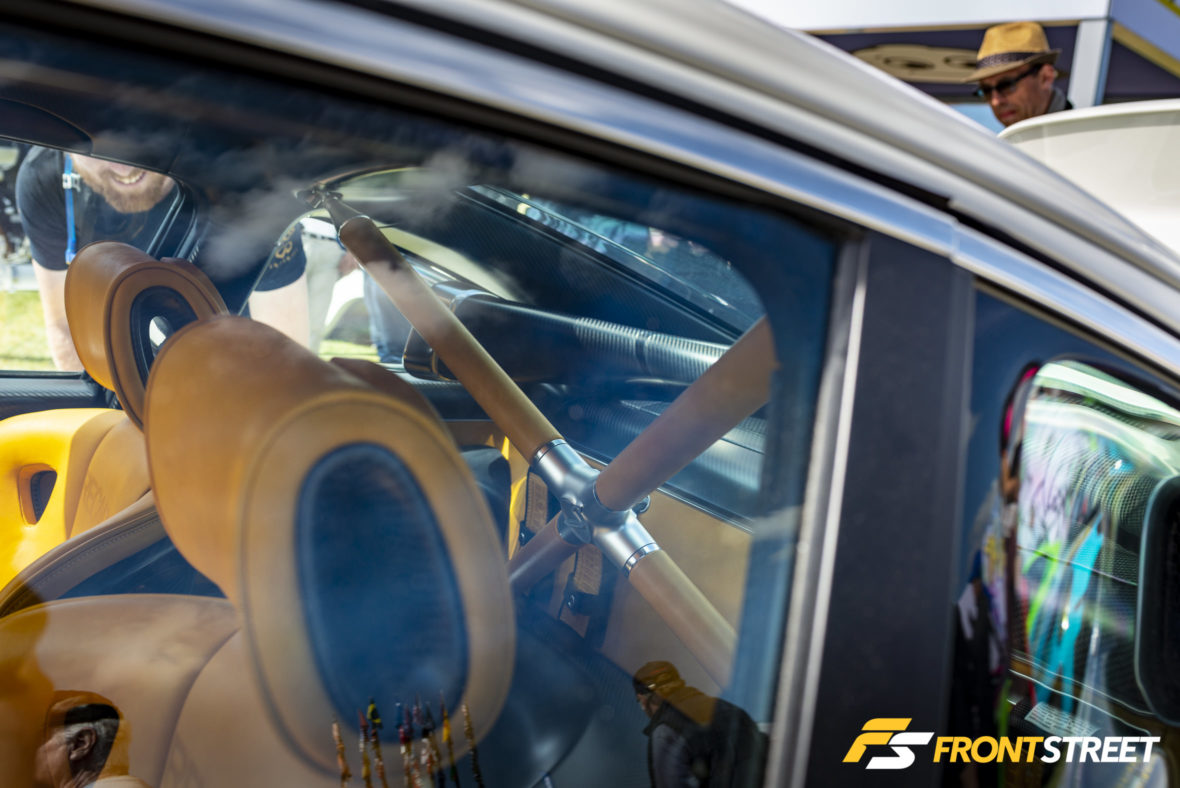
Upon seeing it in person, I couldn’t believe how it was almost a complete departure from the subtle, classic design elements of the typical Porsche 911 remastered by Singer, because every inch of this new car dubbed the DLS was aggressive, calculated, and modern.
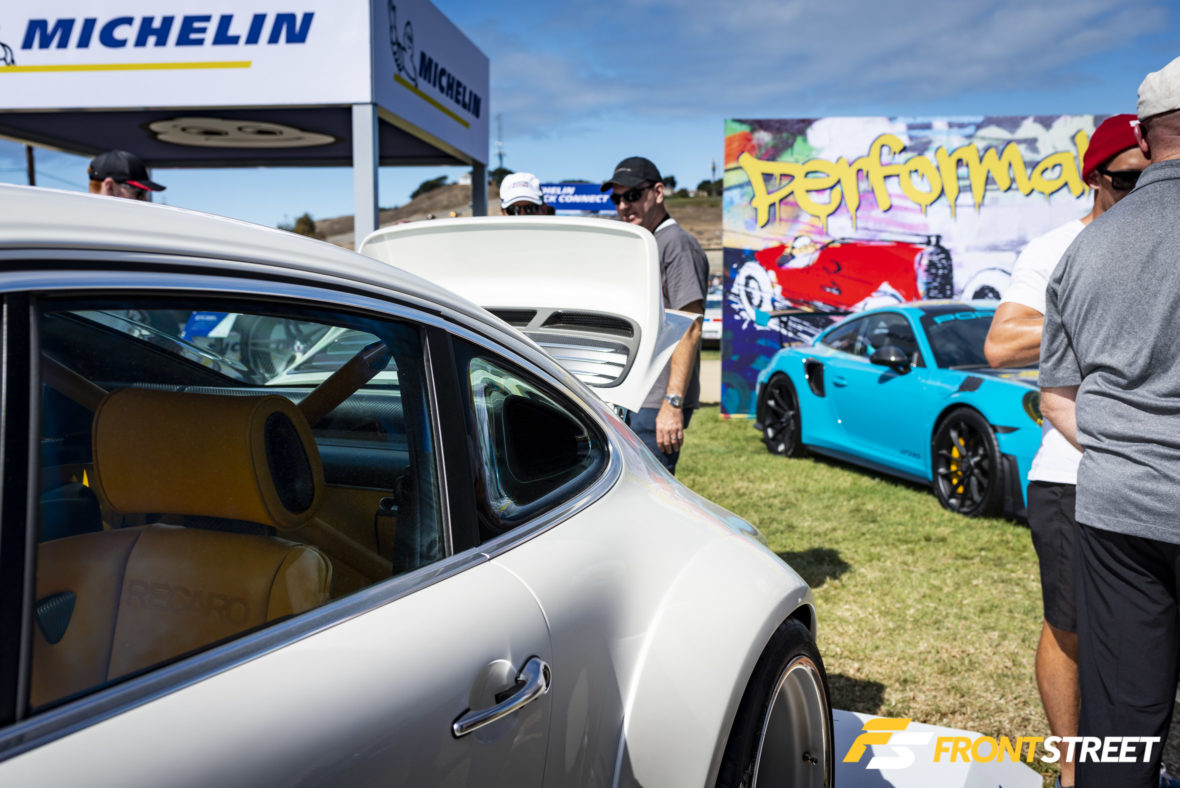
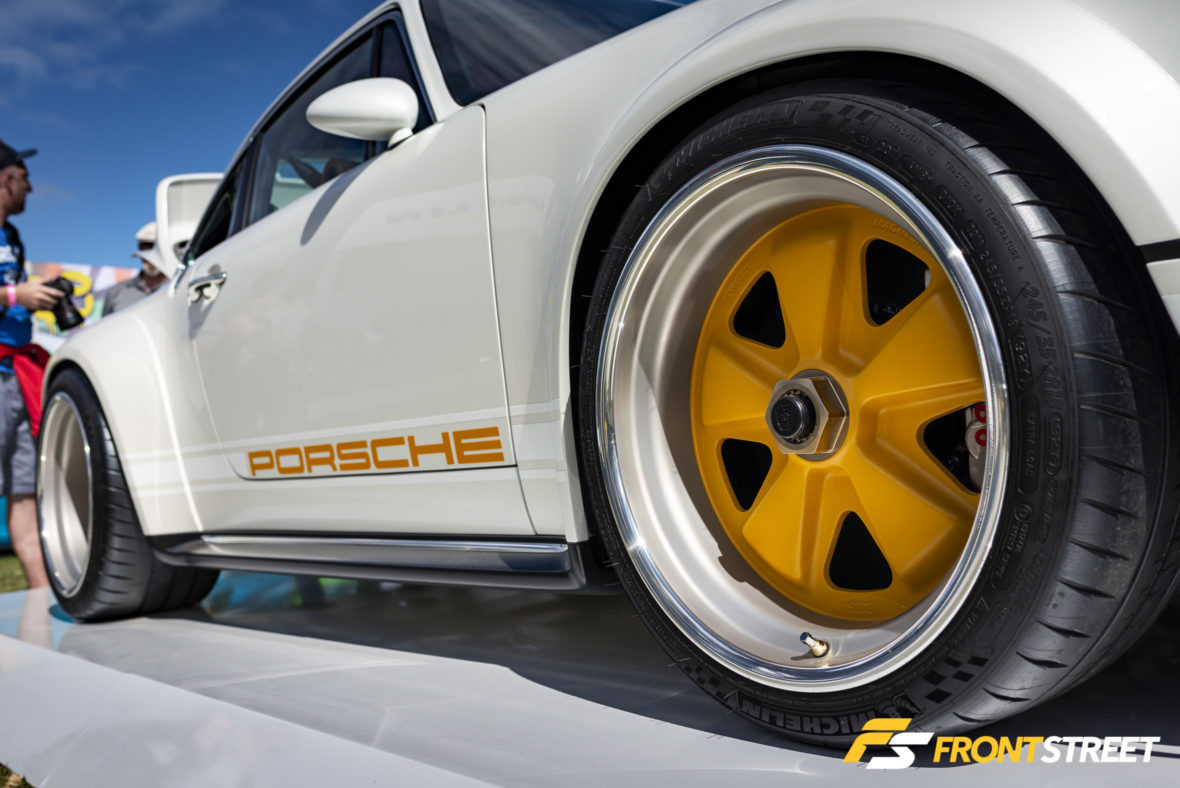
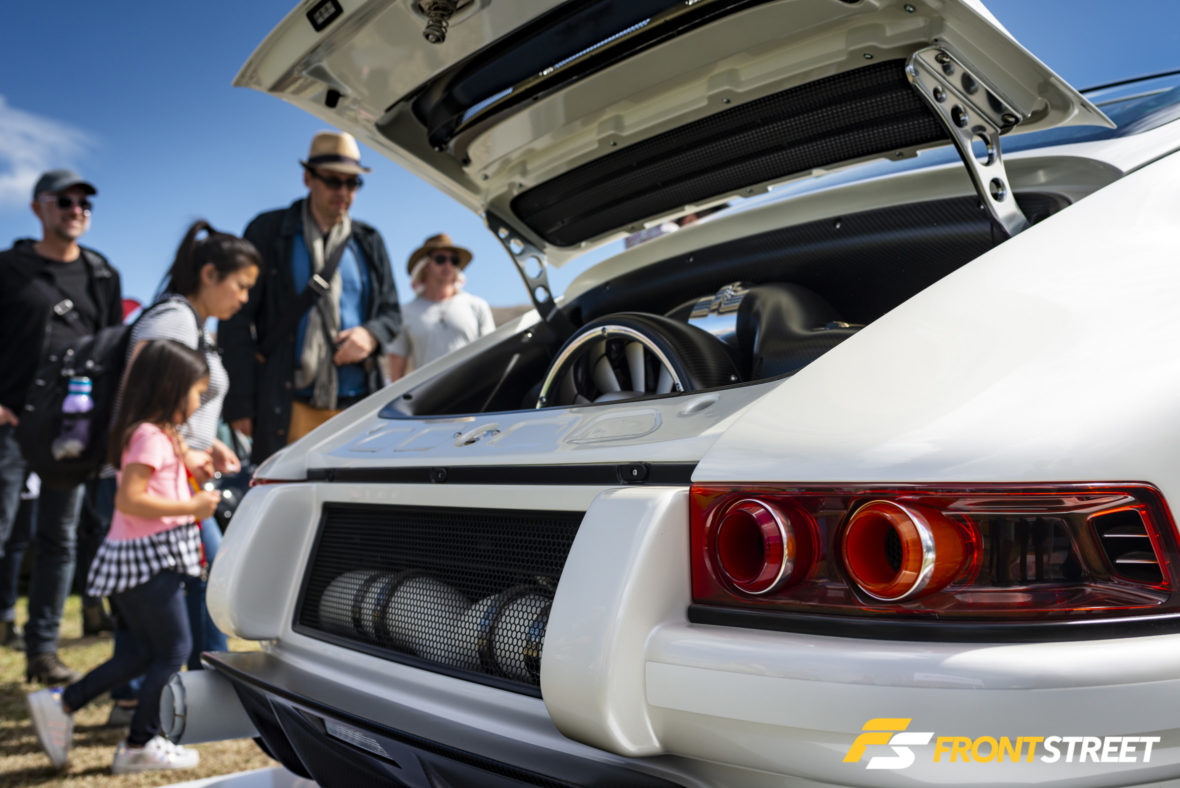
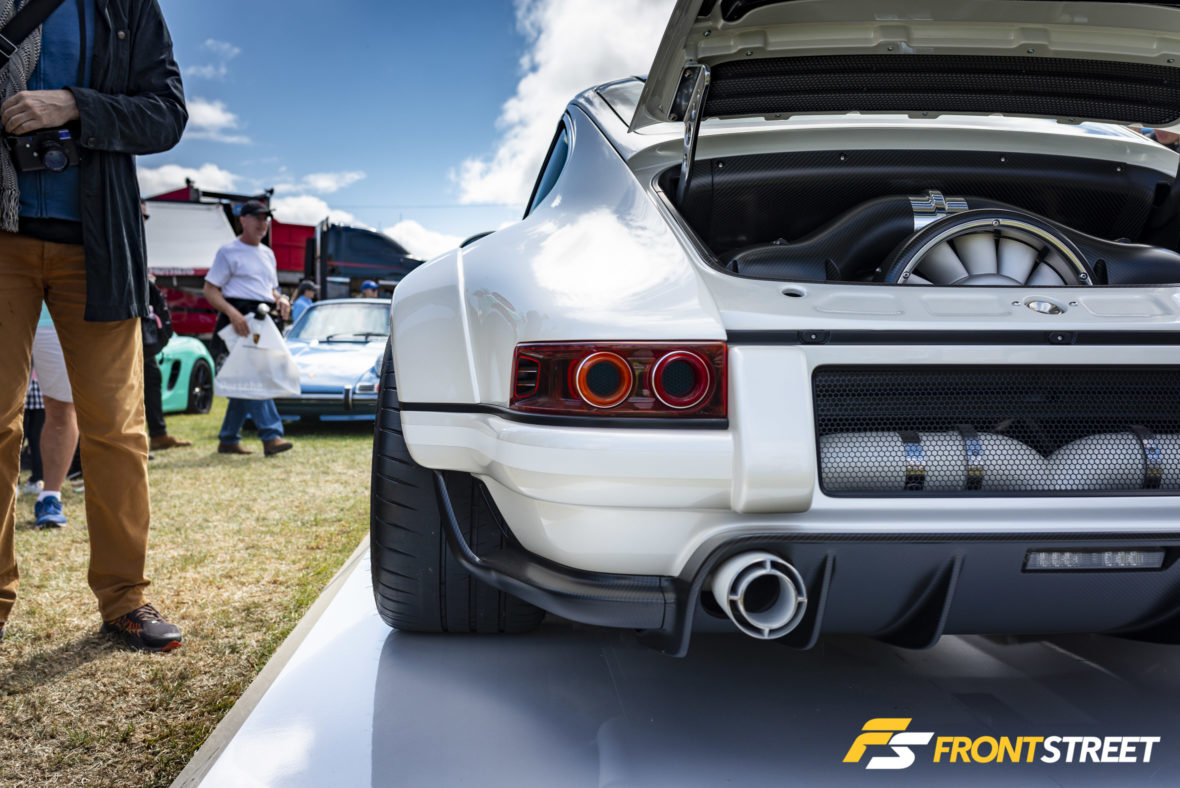
Designed and produced on a Williams site in Oxfordshire, England at a new facility known as Singer at Grove, most of the original structural makeup of the Porsche—like the suspension—was completely discarded in favor of more improved philosophies, while still preserving its oh-so-desirable rear-engine-layout DNA.
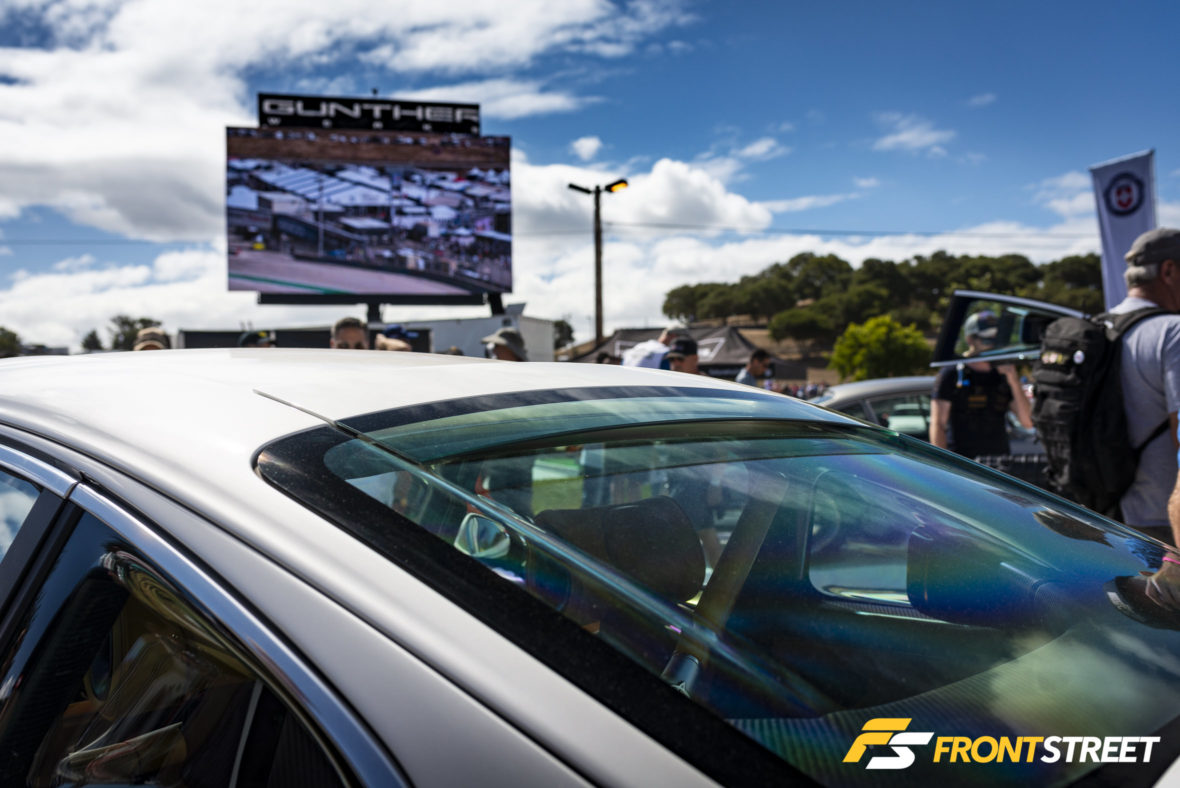
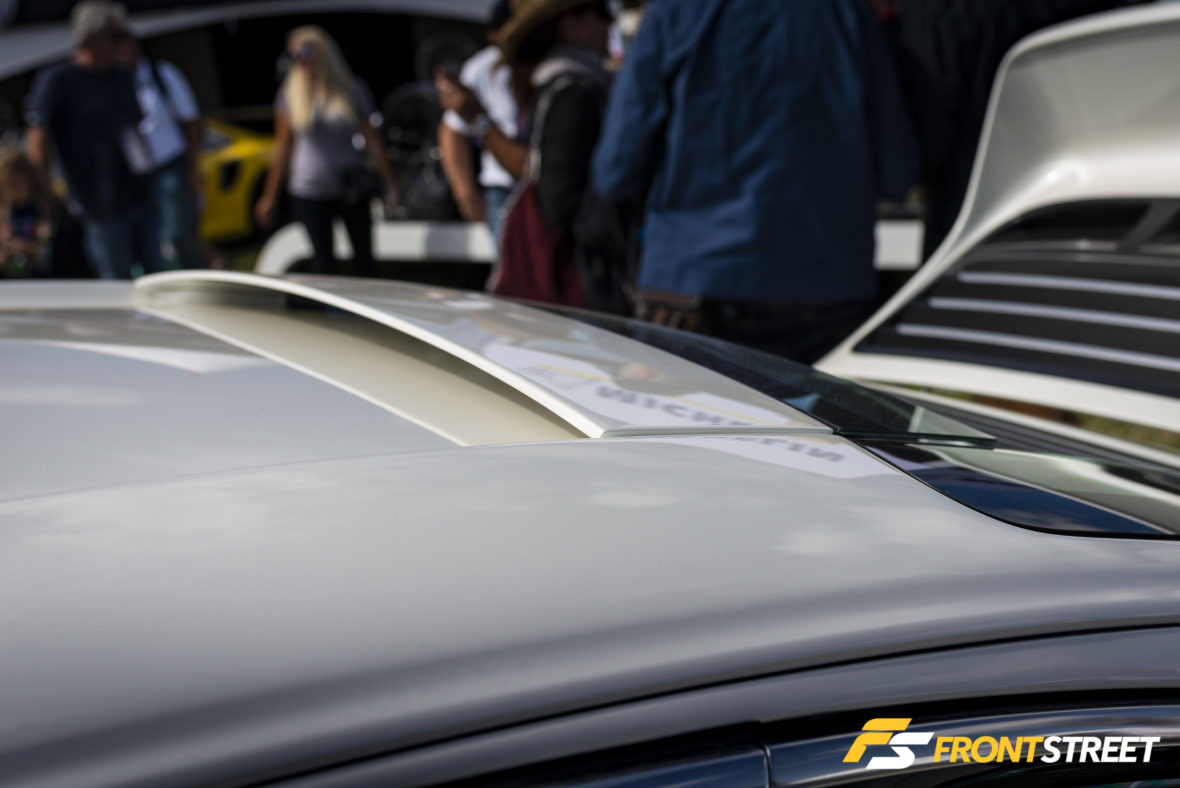
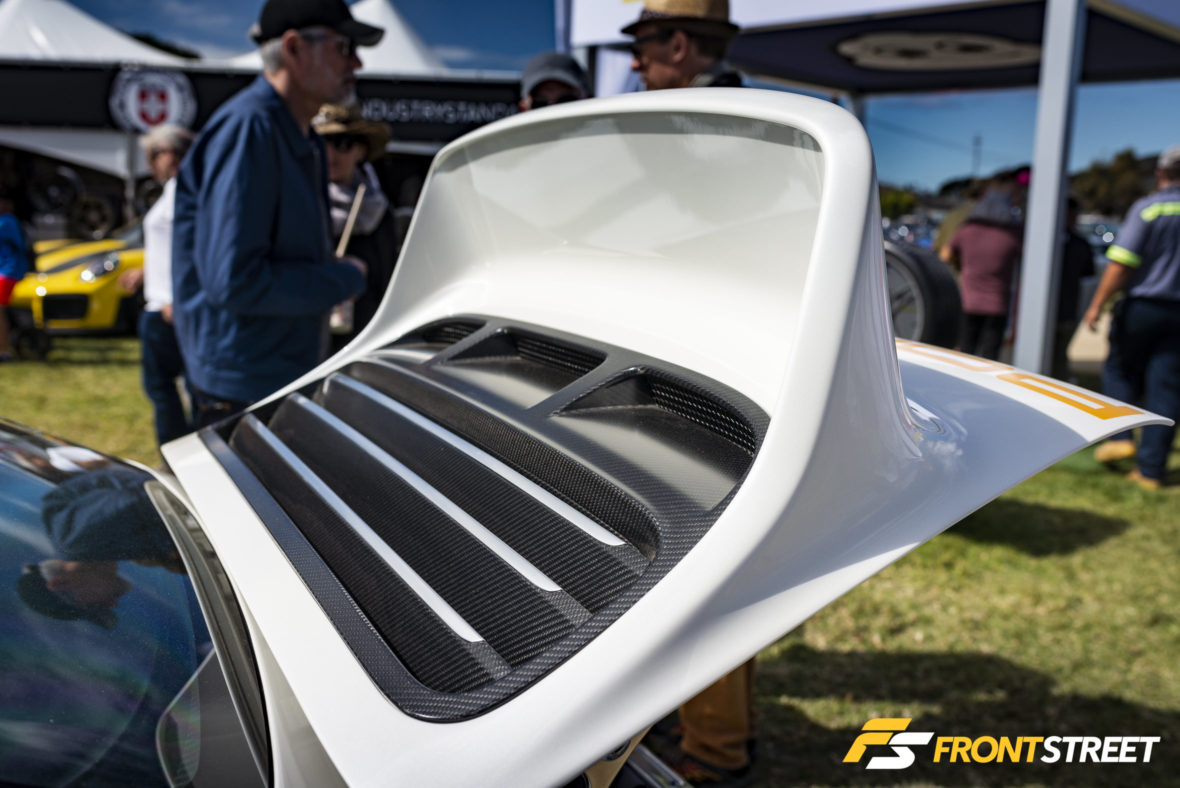
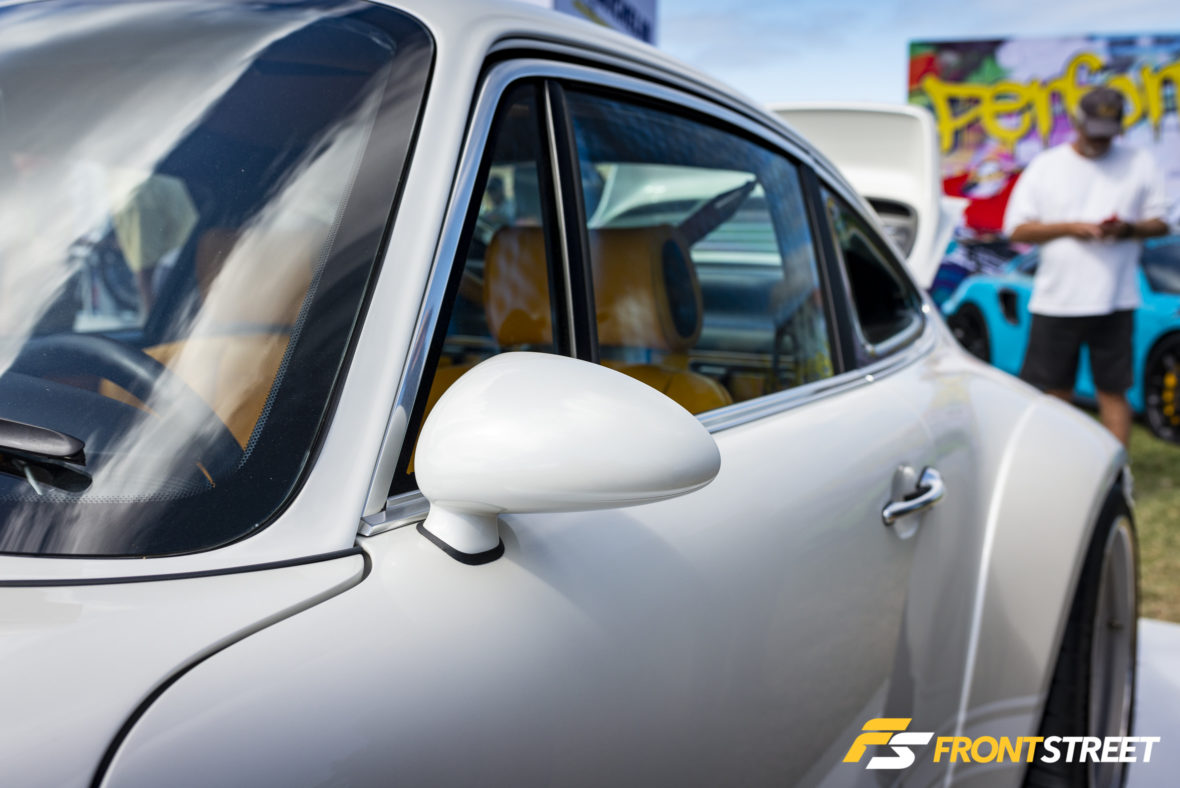
In conjunction with the learned talents of its engineers, and data gleaned from years of racing experience, Williams called upon the use of Computational Fluid Dynamics (CFD) in order to painstakingly craft the airflow paths surrounding the underbody and surface aero of the car, in collaboration with the vehicle’s namesake—and former Porsche designer—Norbert Singer himself. This process resulted in some gorgeous new additions to the 911’s exterior, and offered more streamlined shapes to aid the performance of the classic design.
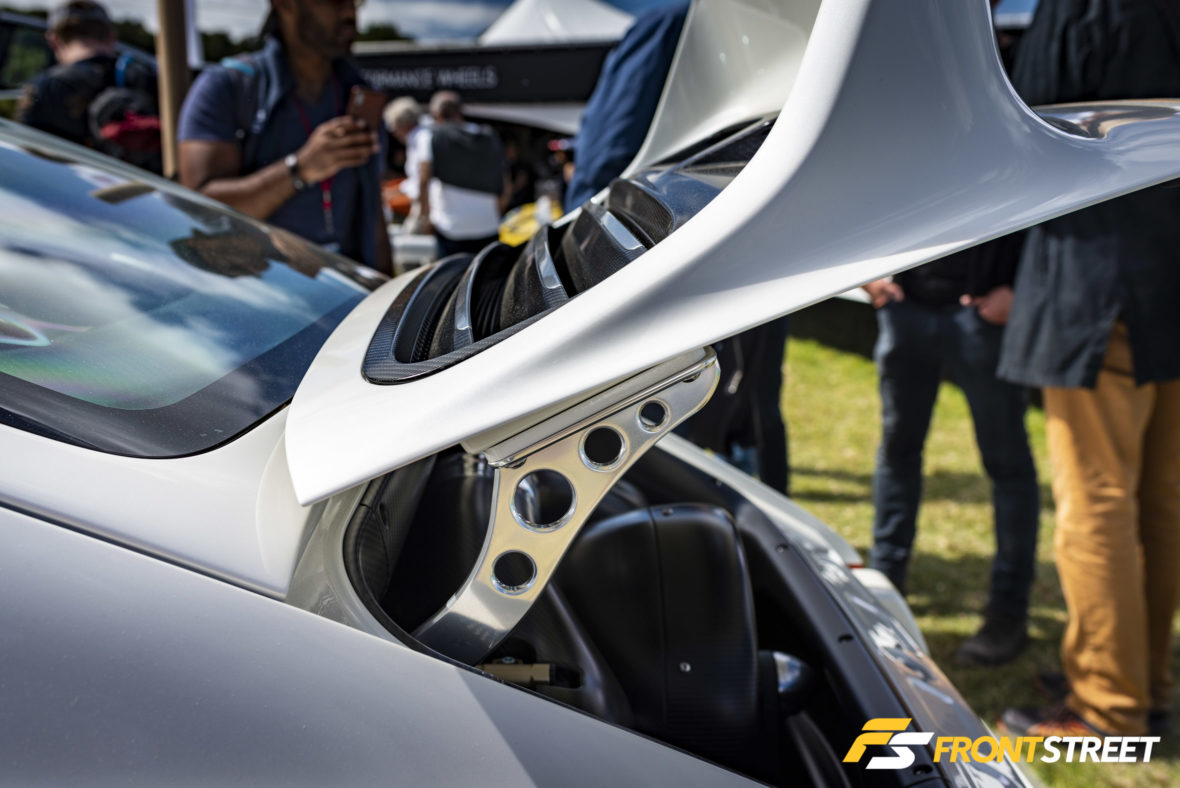
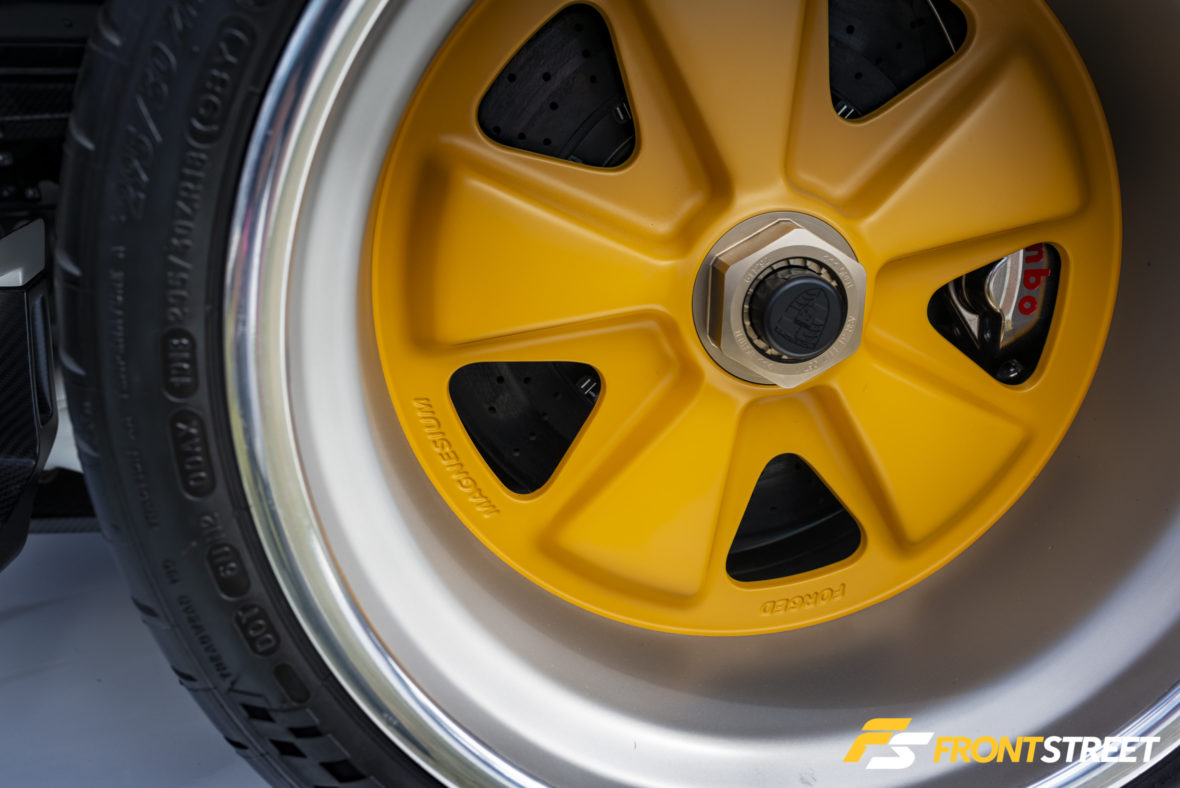
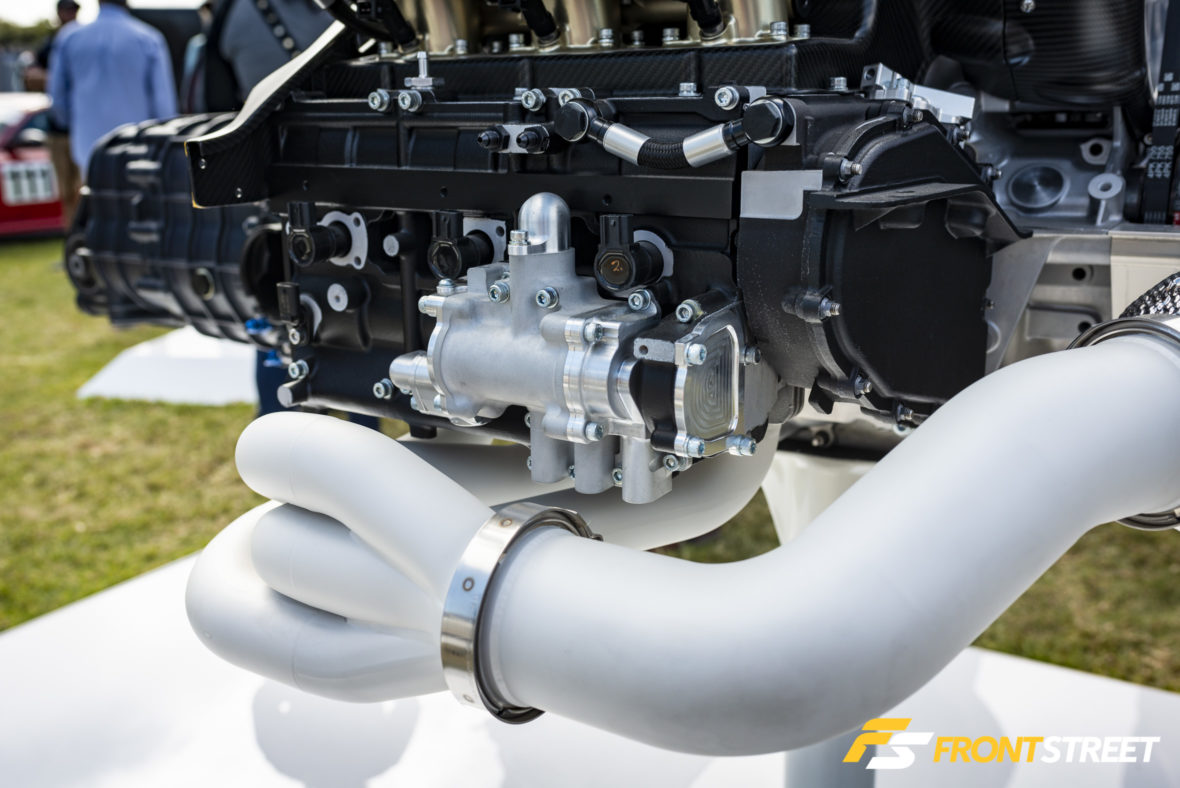
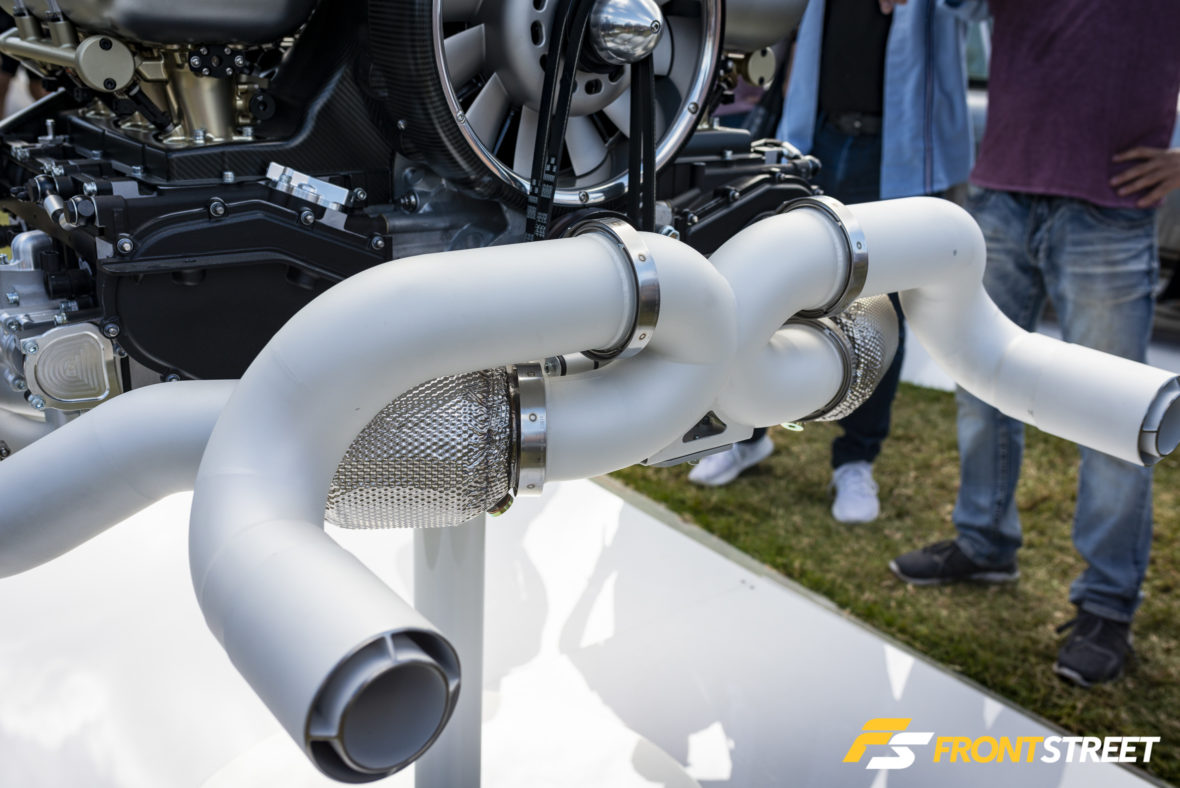
Williams’ experience with the application of advanced lightweight materials such as titanium, magnesium, and carbon fiber were also showcased across the chassis. This practice not only accomplished the main goal of weight reduction, but also offered dynamic gains disseminated throughout the entire vehicle and resulted in a more balanced final product, which tips the scales at a scant 2,180 pounds.
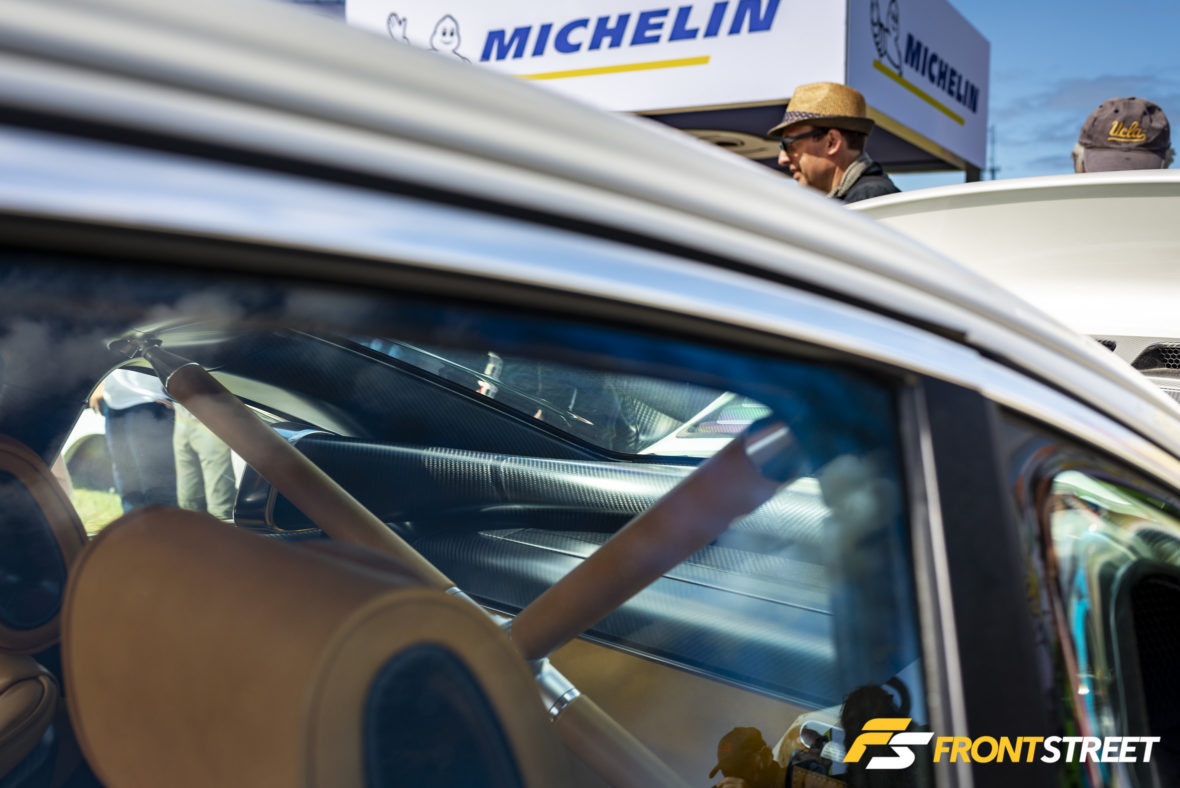
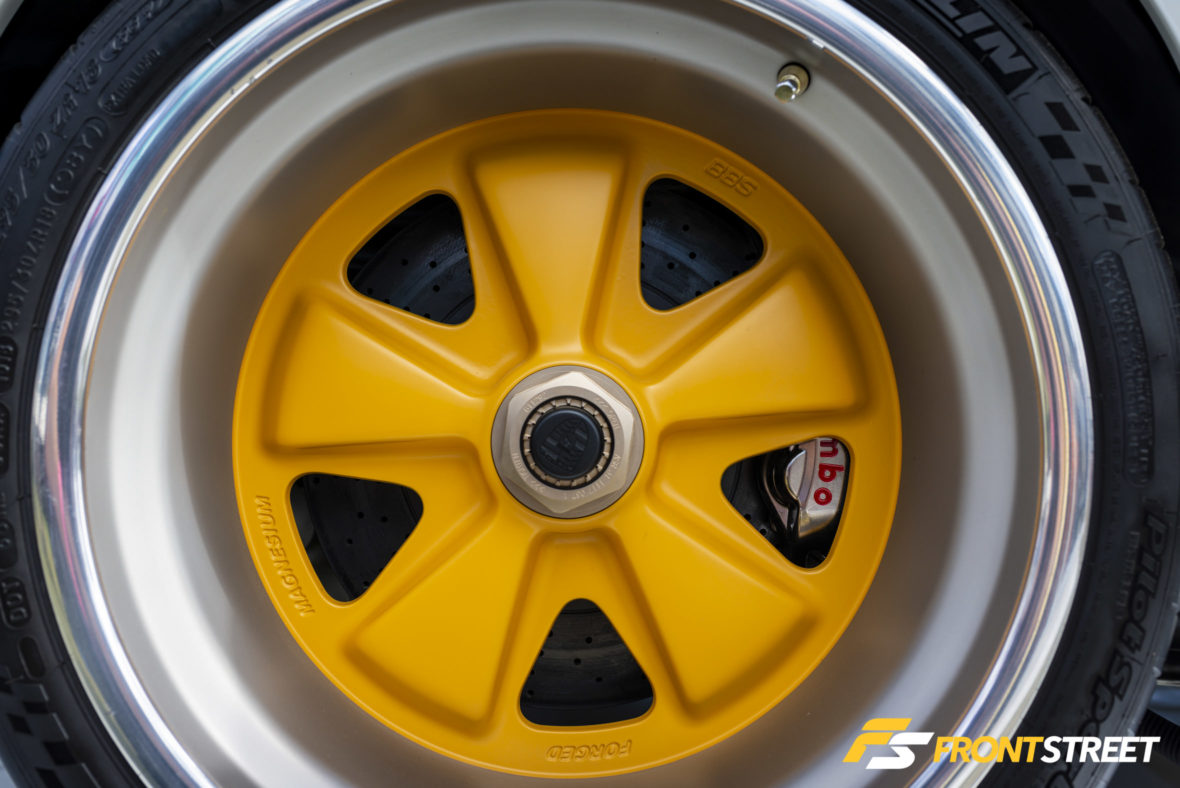
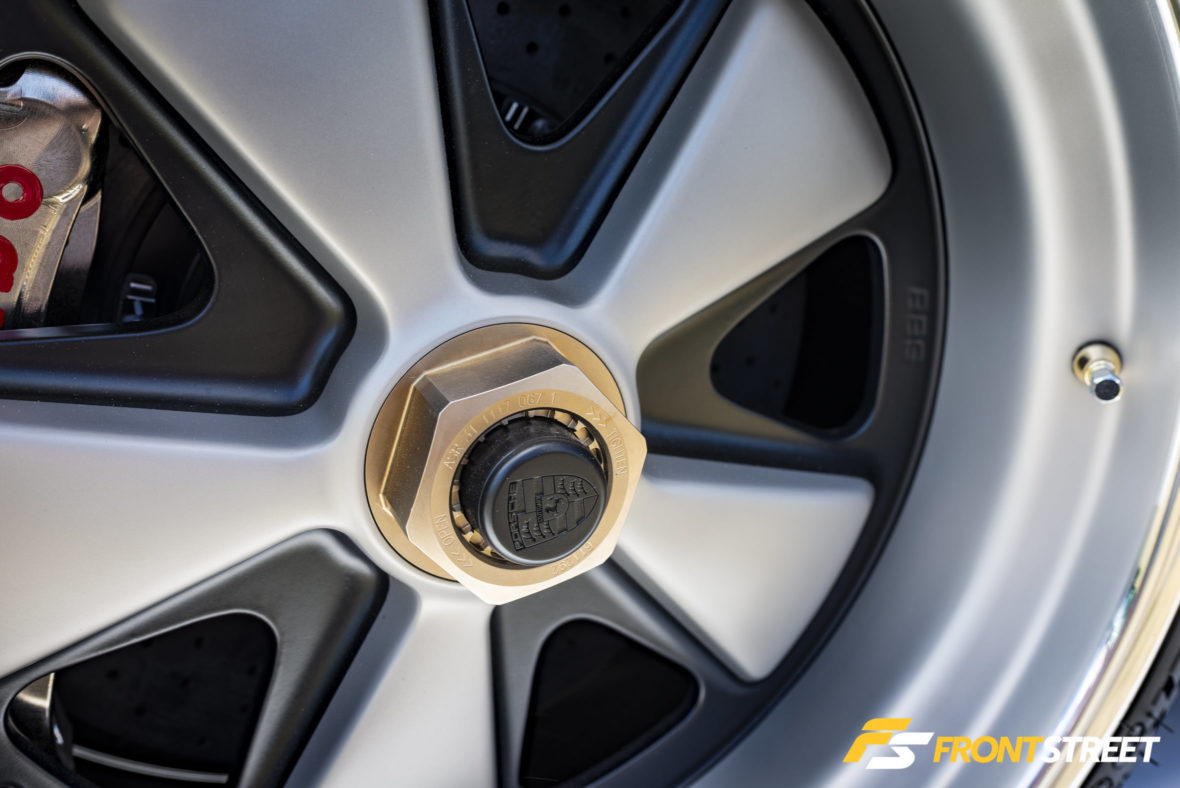
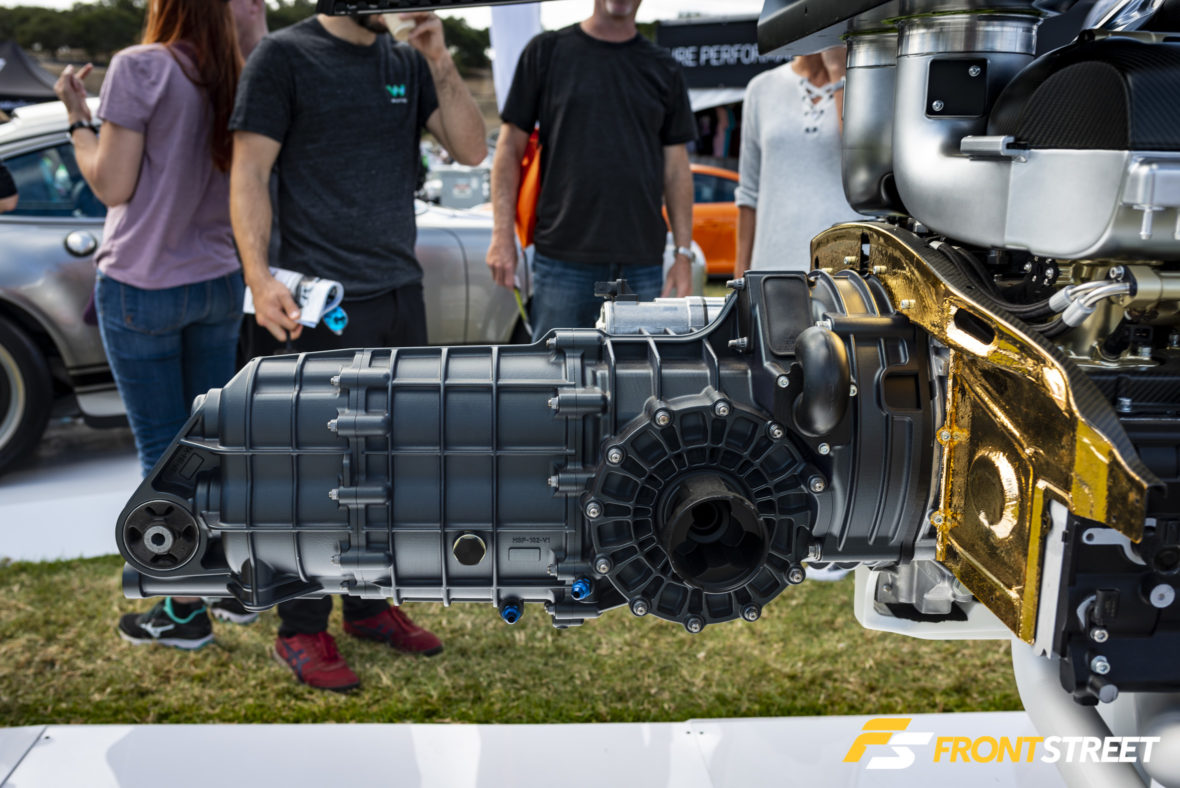
The collaboration didn’t end with Williams, as the Dynamics and Lightweighting Study gathered additional bespoke influences from partners such as one-off Pilot Sport Cup 2 tires from Michelin, 18-inch forged magnesium centerlock BBS Motorsport wheels, lightweight monoblock calipers and carbon composite rotors from Brembo, a lightweight magnesium six-speed transmission from Hewland, and intricate custom-built damping by EXE-TC.
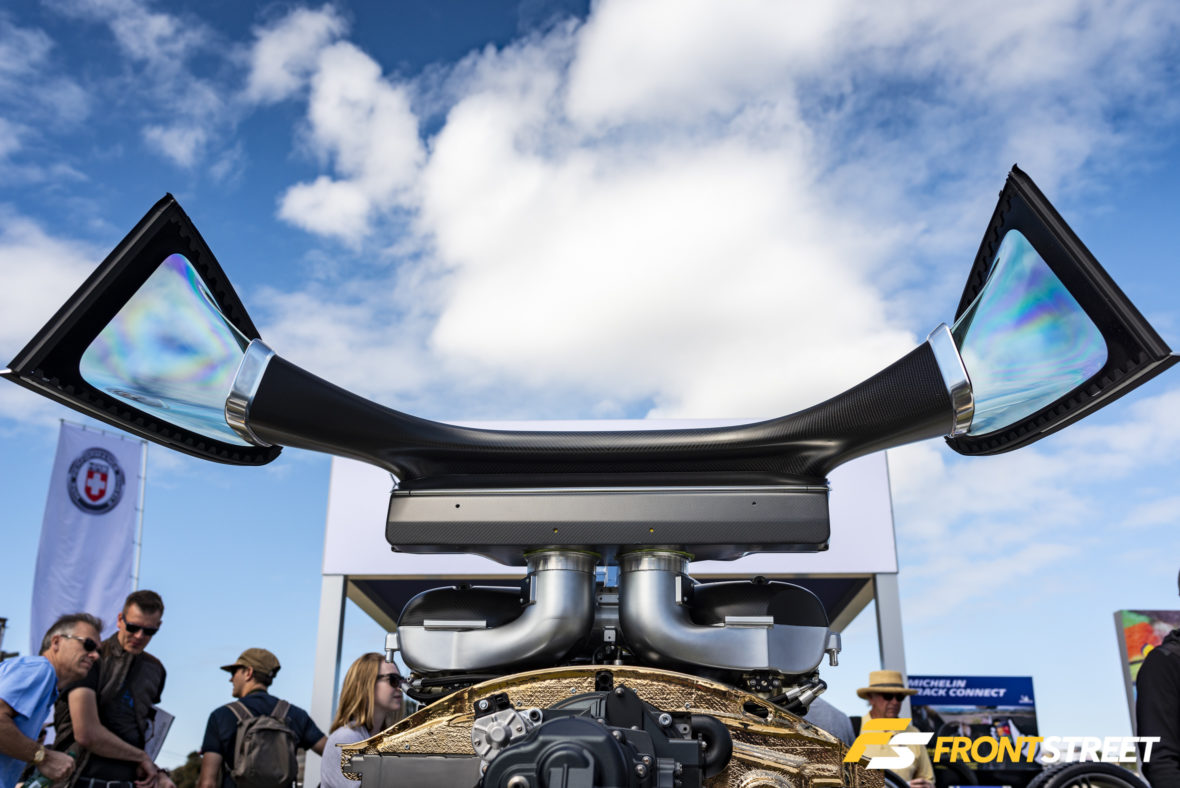
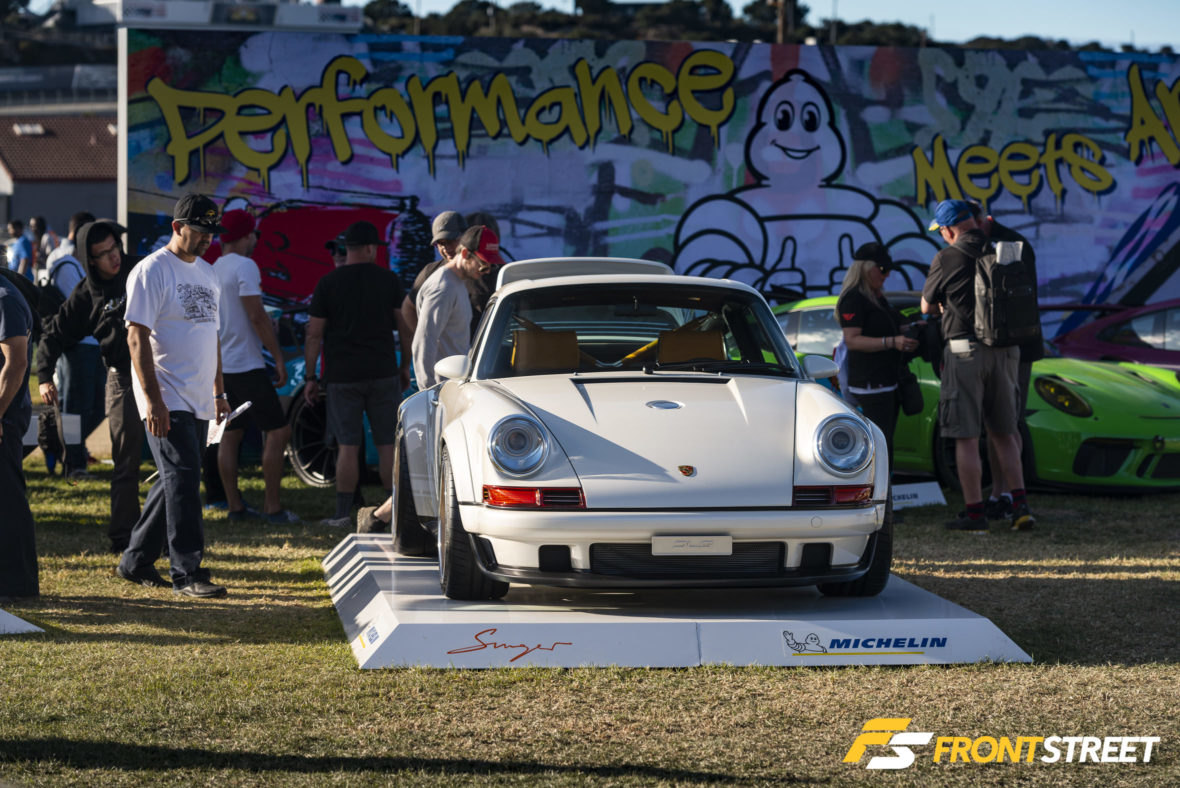
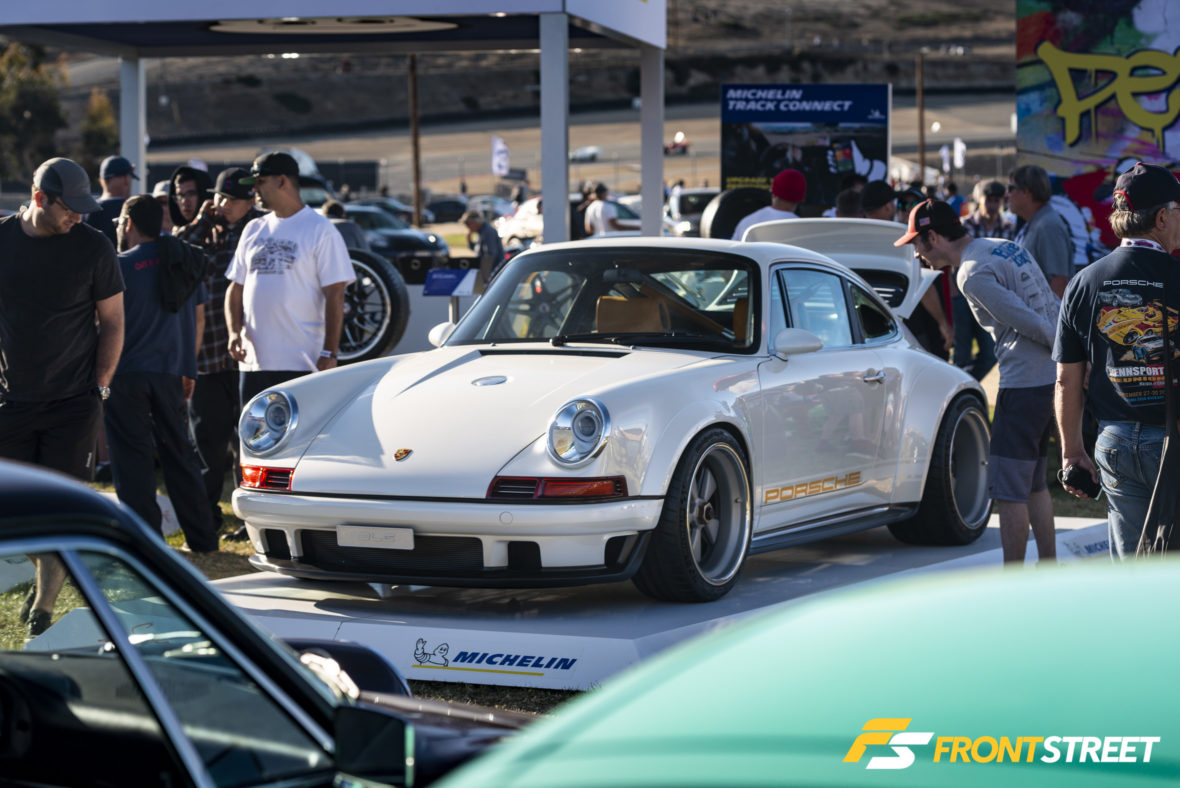
Timeless is not a word that gets thrown around much these days. It is reserved for designs, ideas, or concepts that have withstood the test of time. Despite a constantly changing world around them, these items have persevered to remain relevant in a feverishly ever-expanding world of new breakthroughs and technologies. However, thanks to input from an exceptionally advanced Formula 1 team and a select few significantly influential brands in the automotive culture, I’m positive the flawlessly exquisite Singer Vehicle Design DLS will be considered timeless for years (and years, and years) to come.














